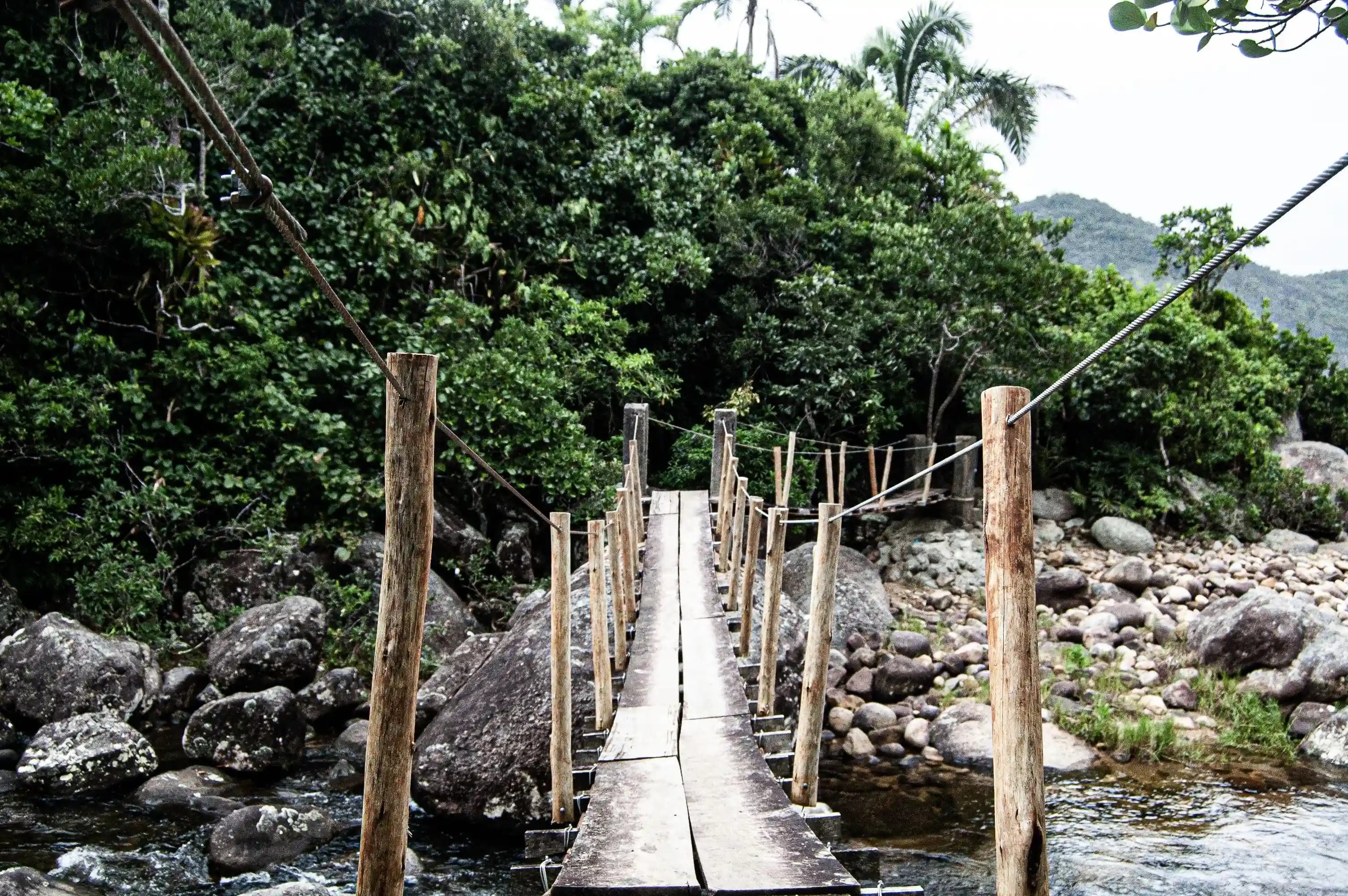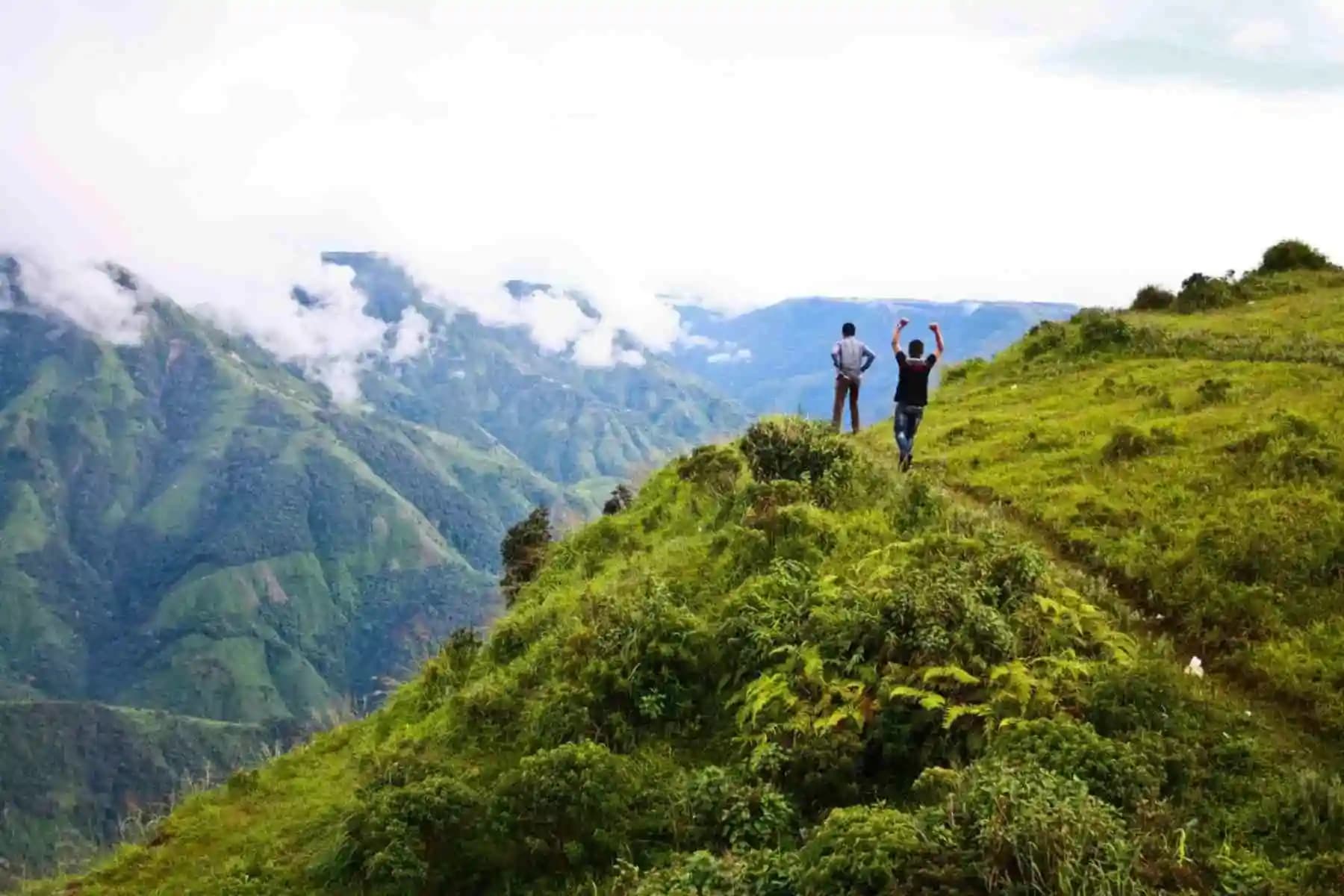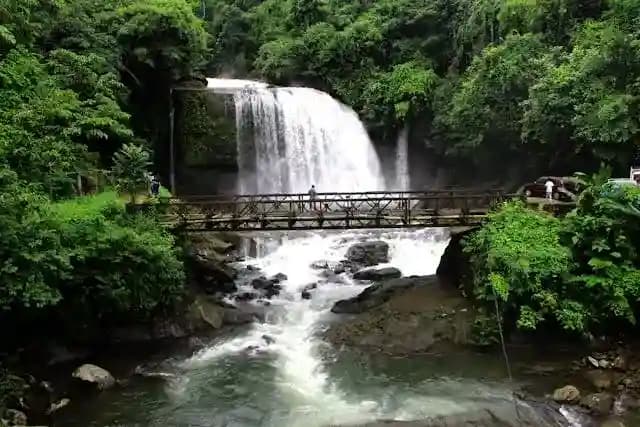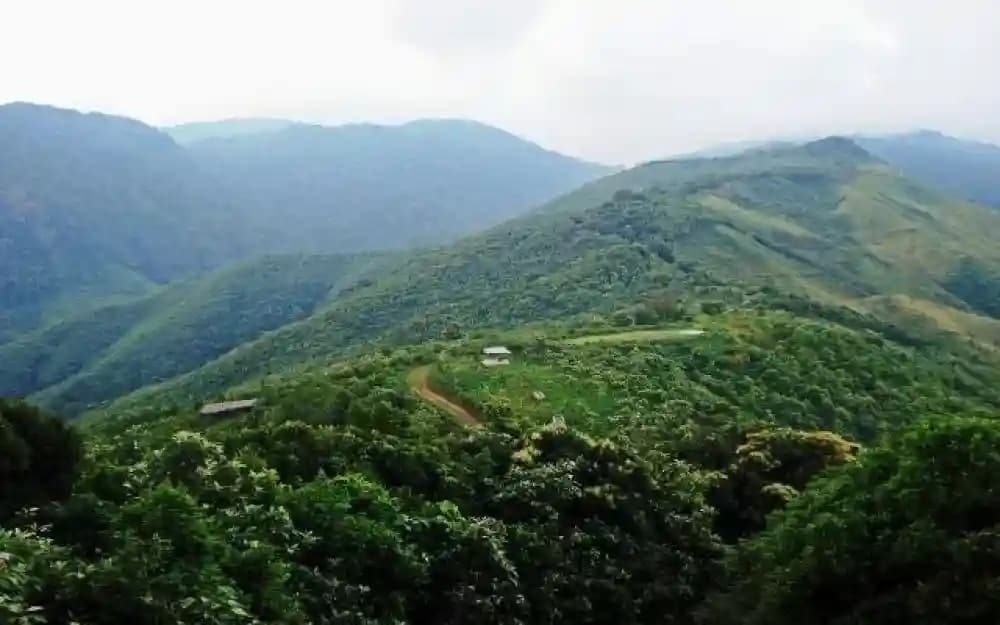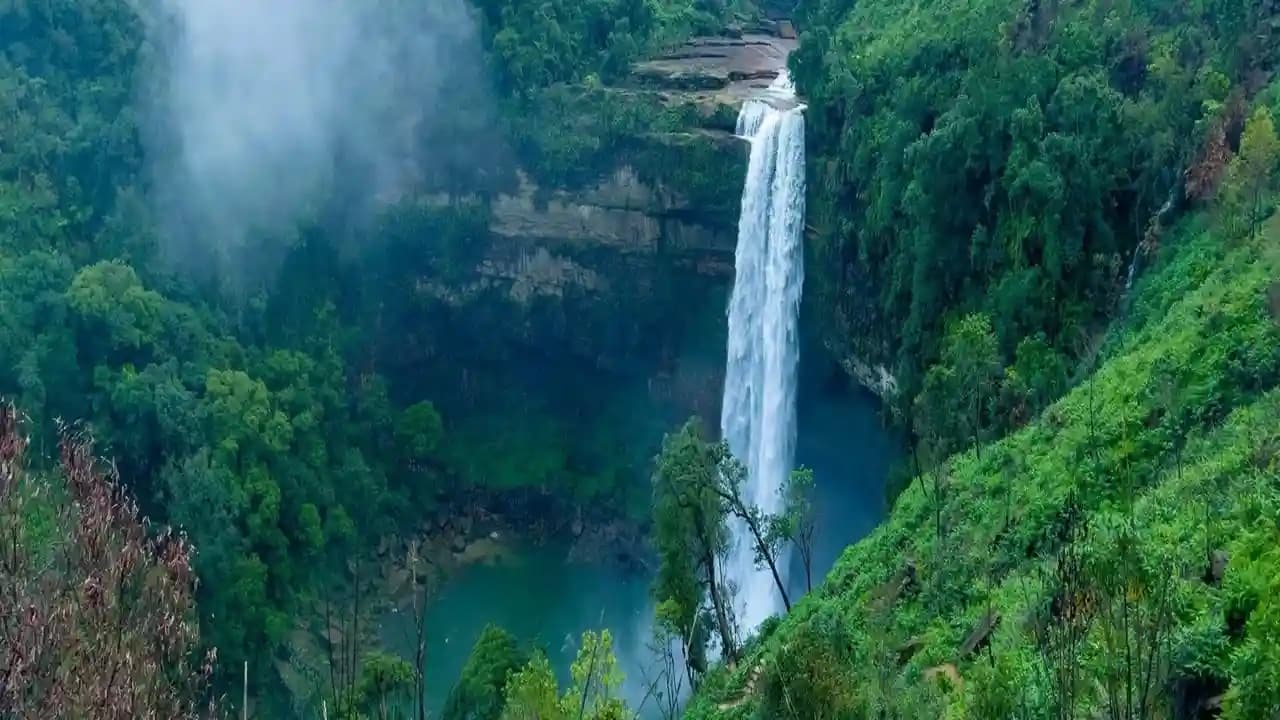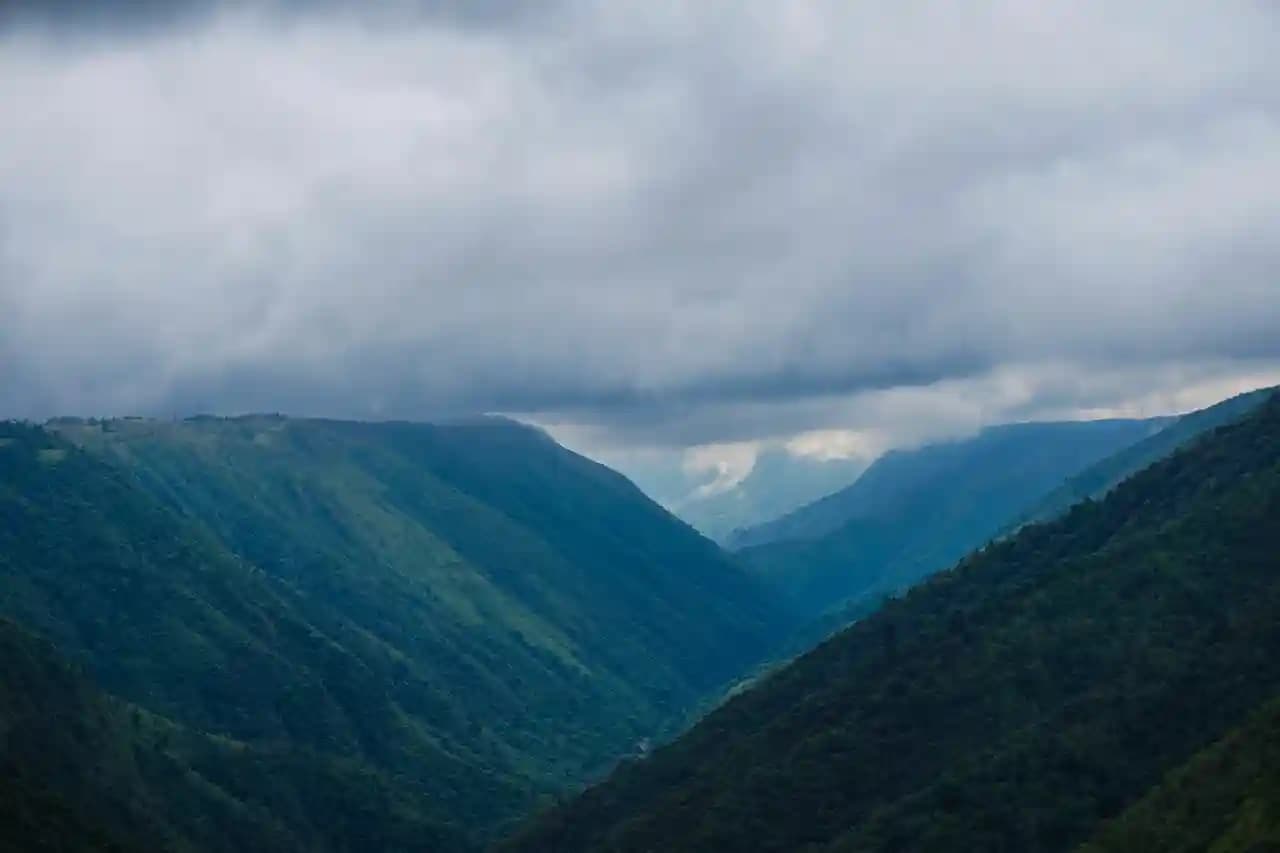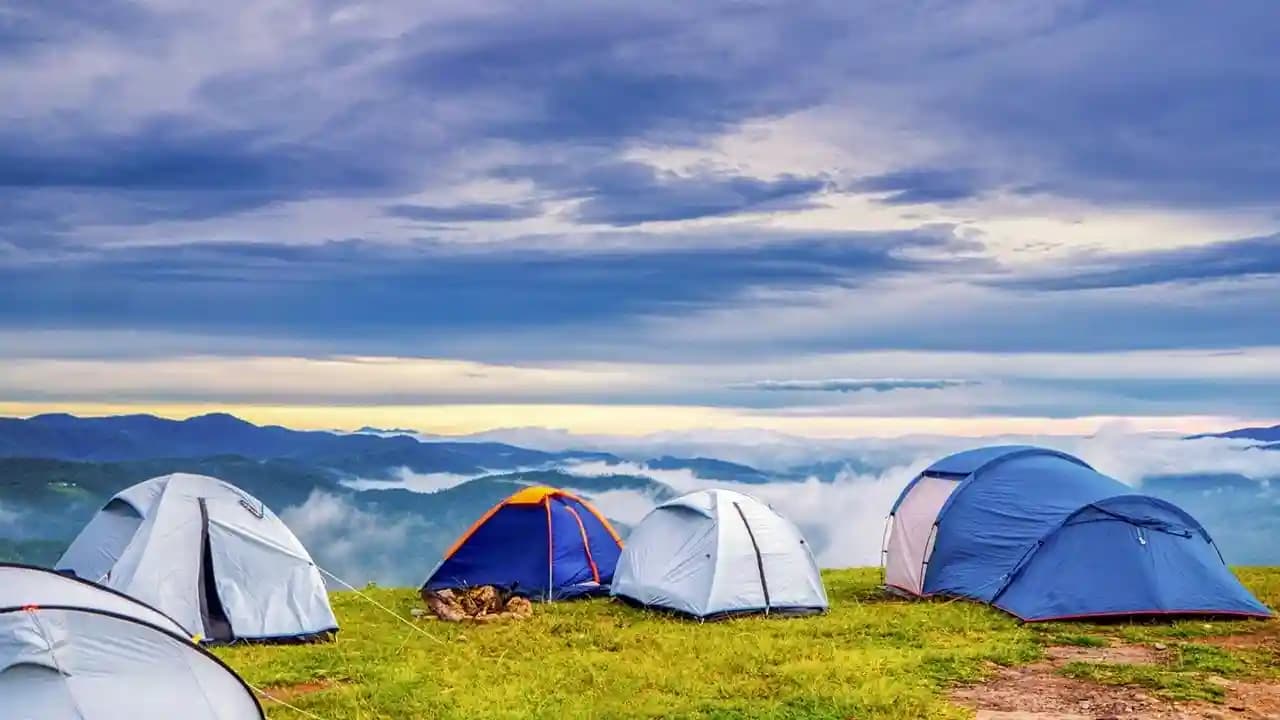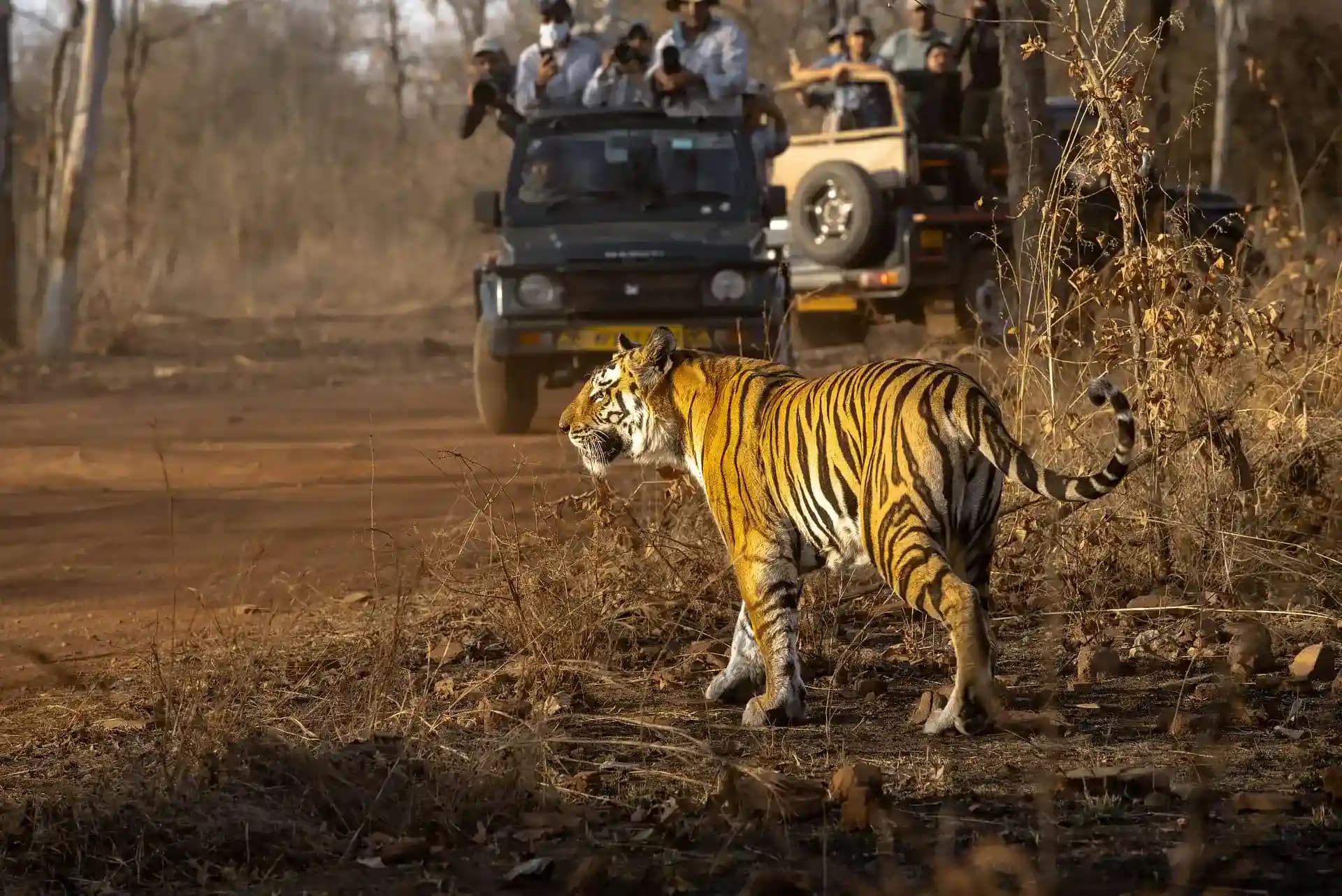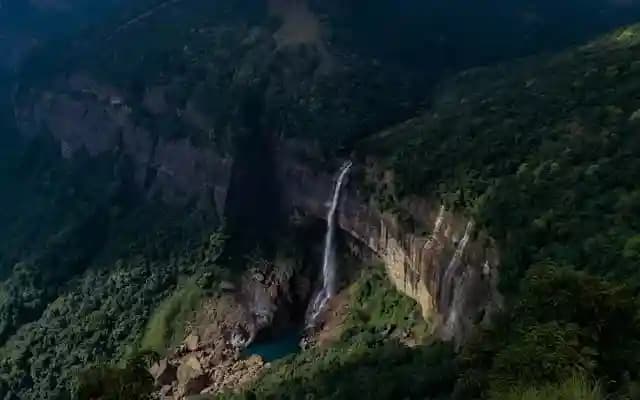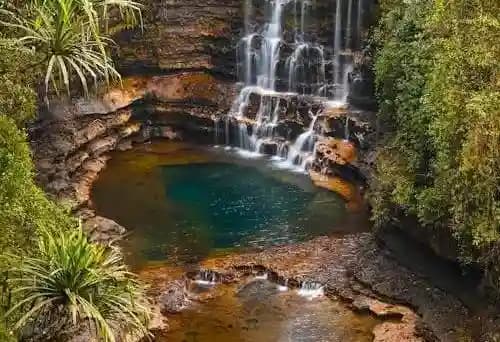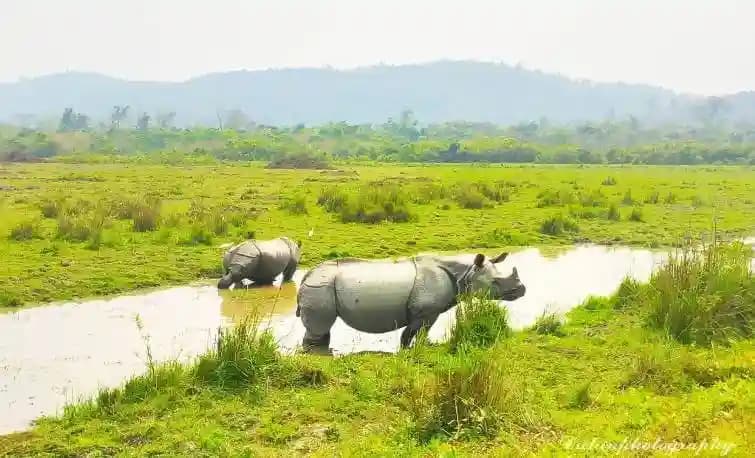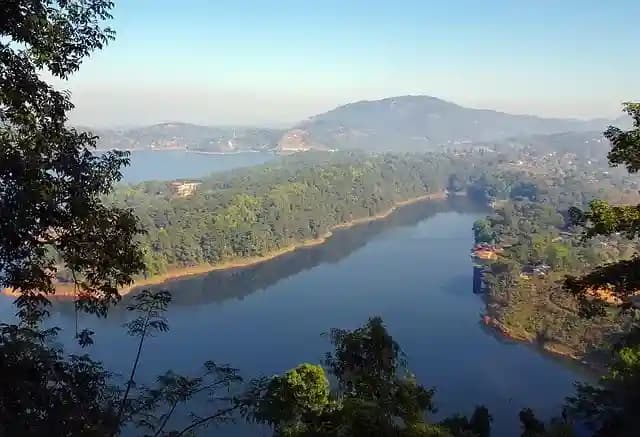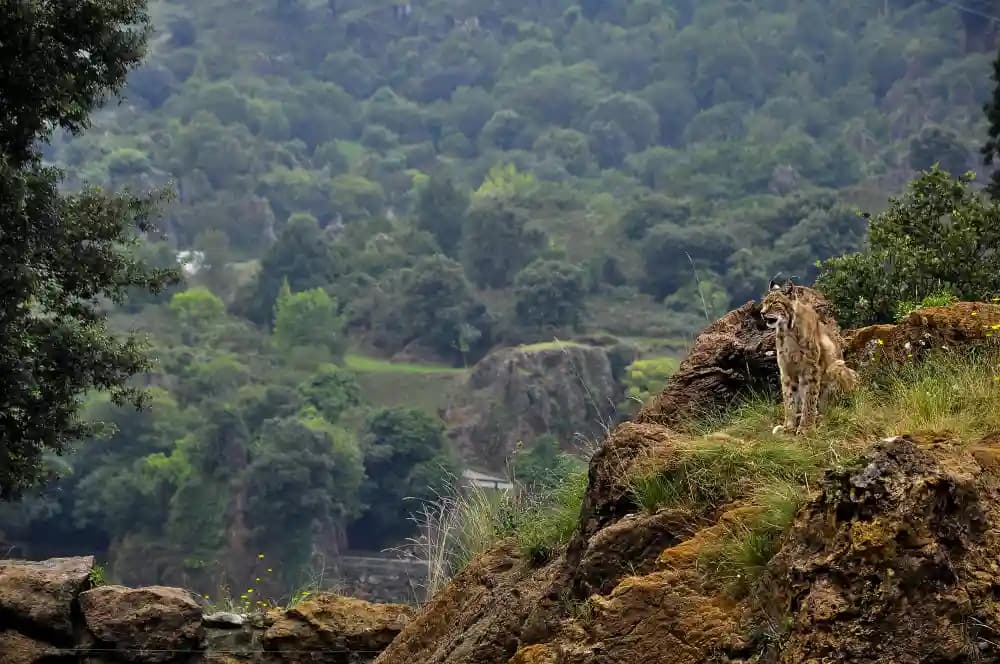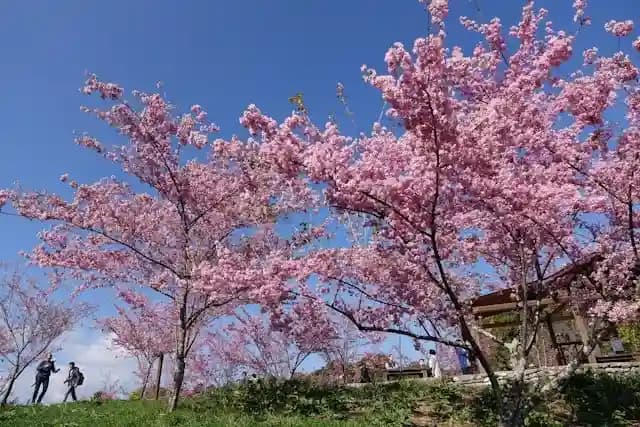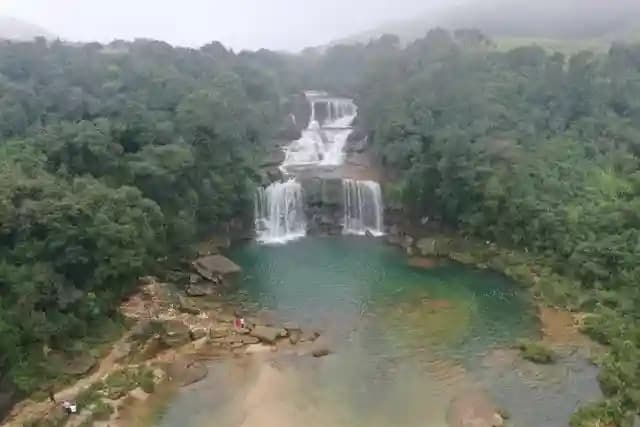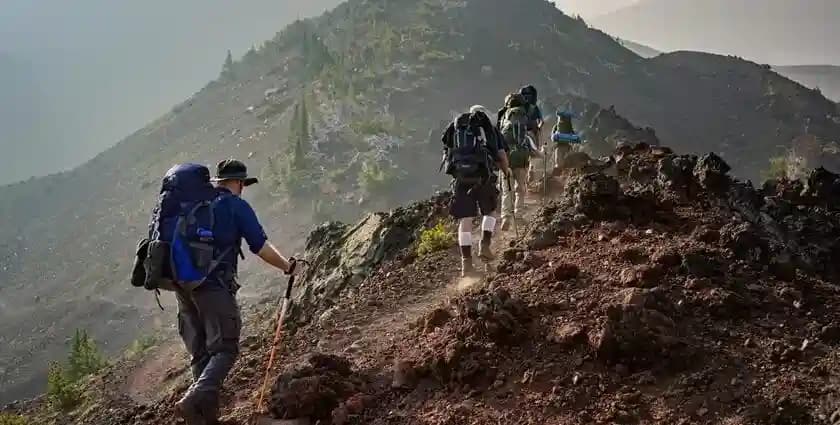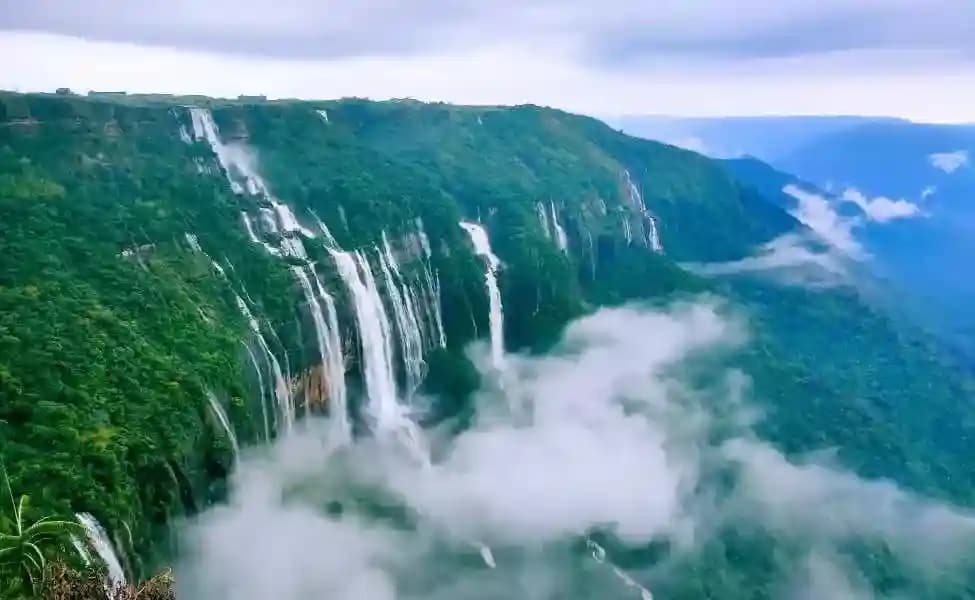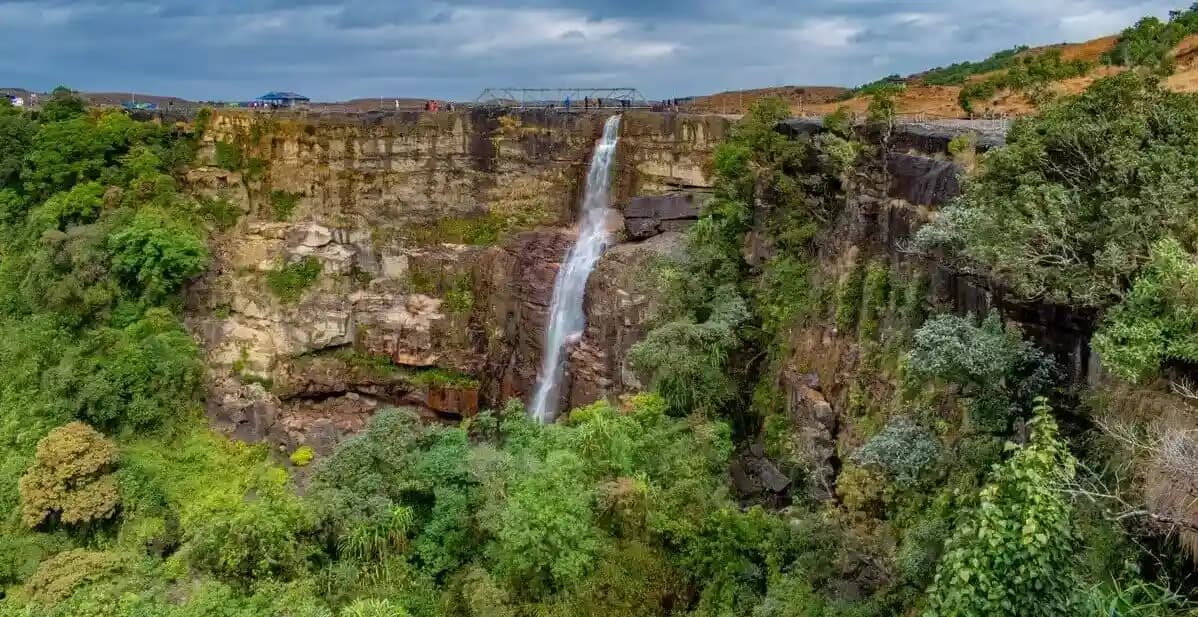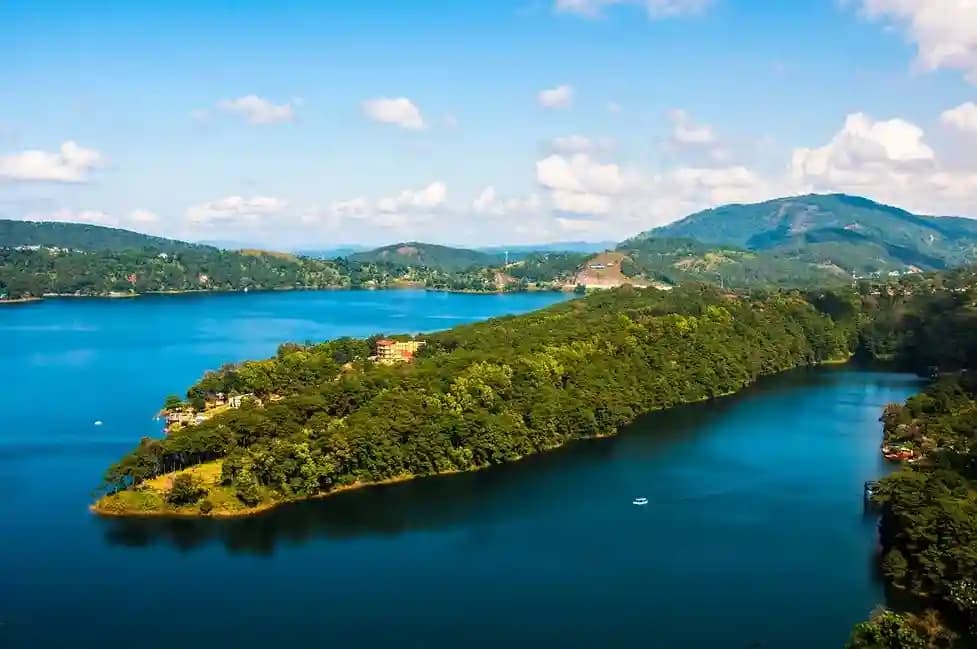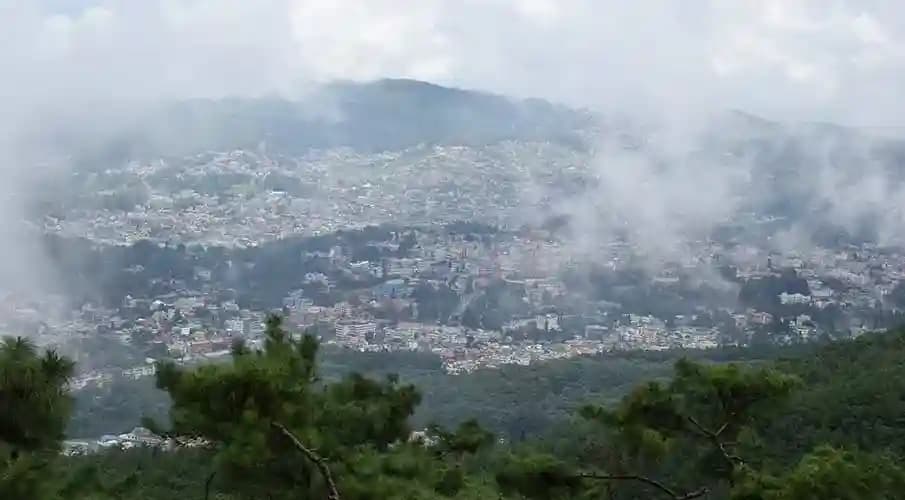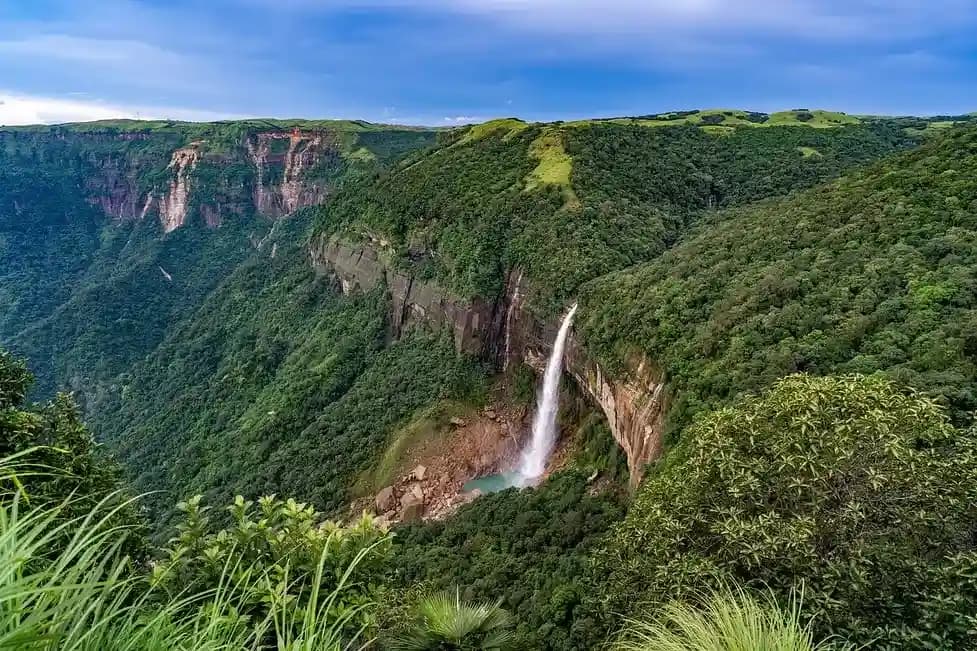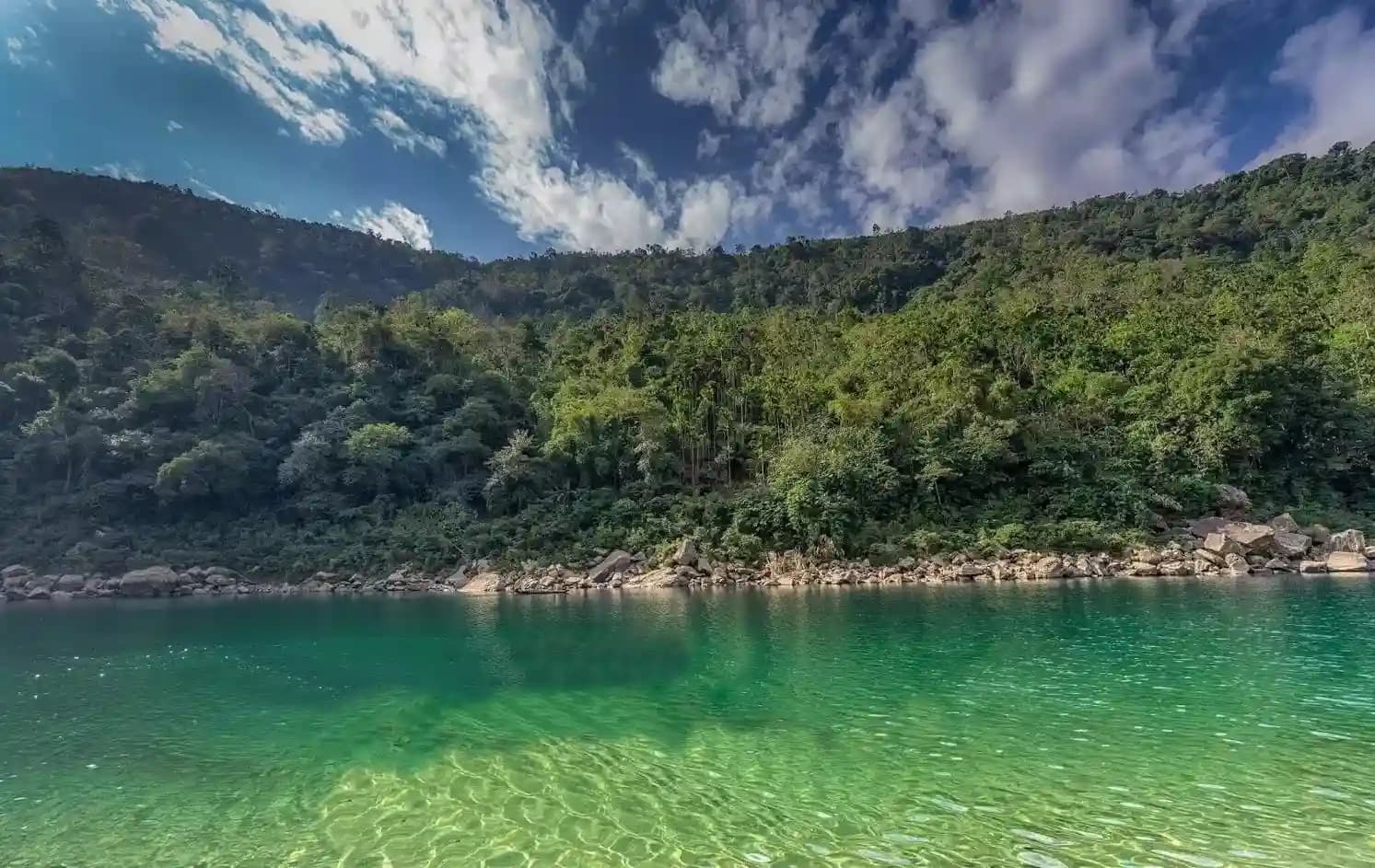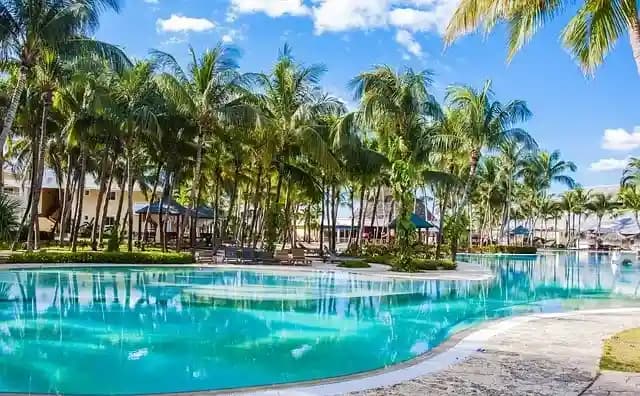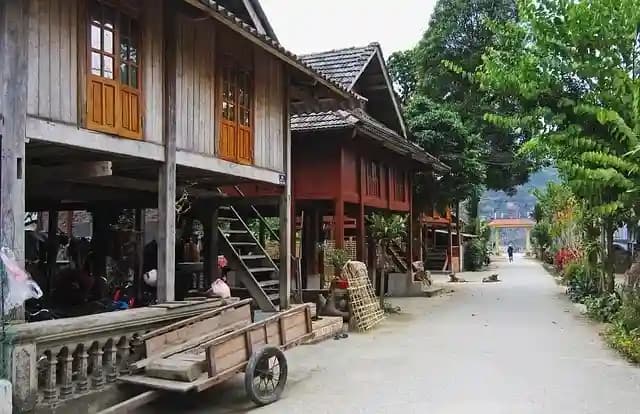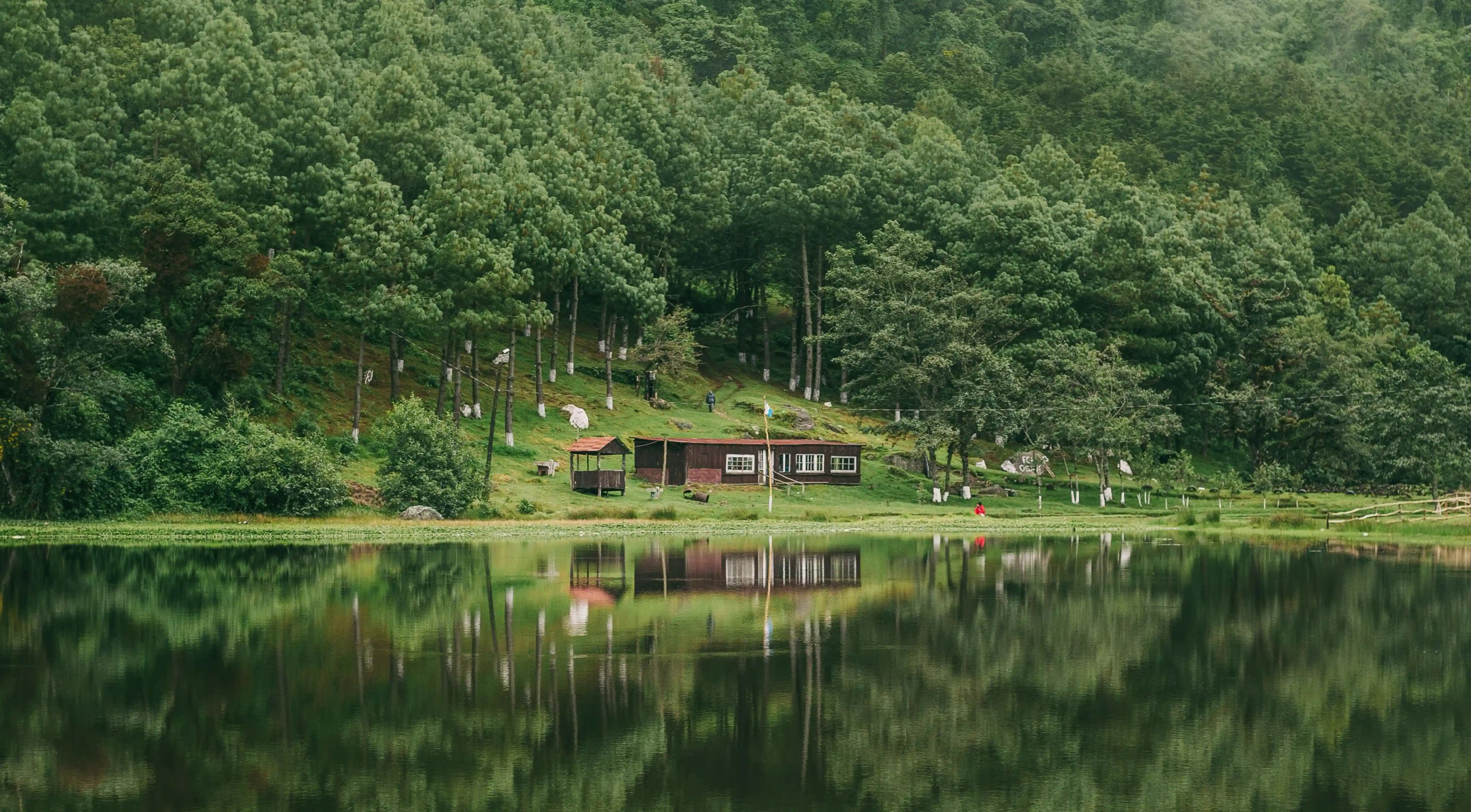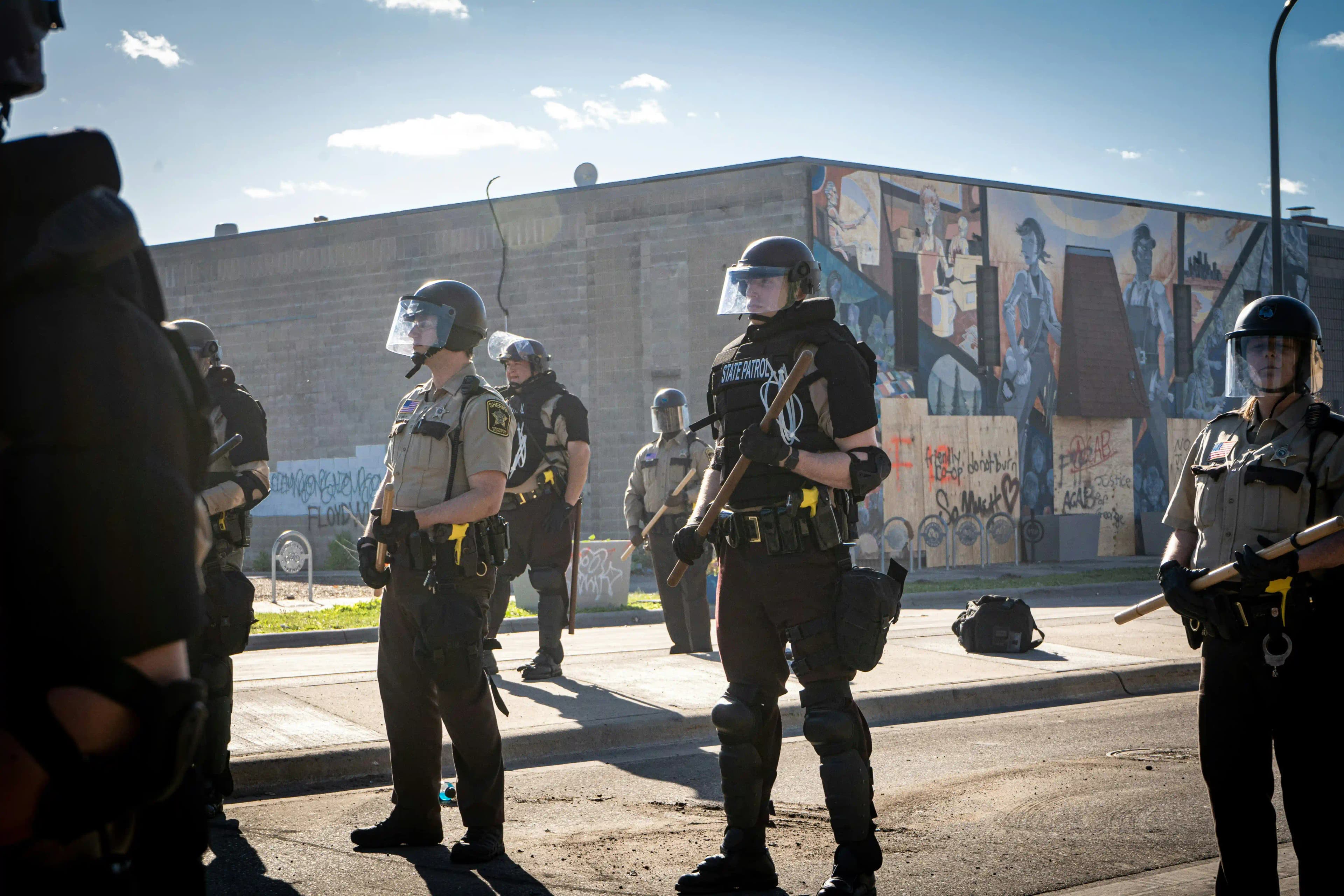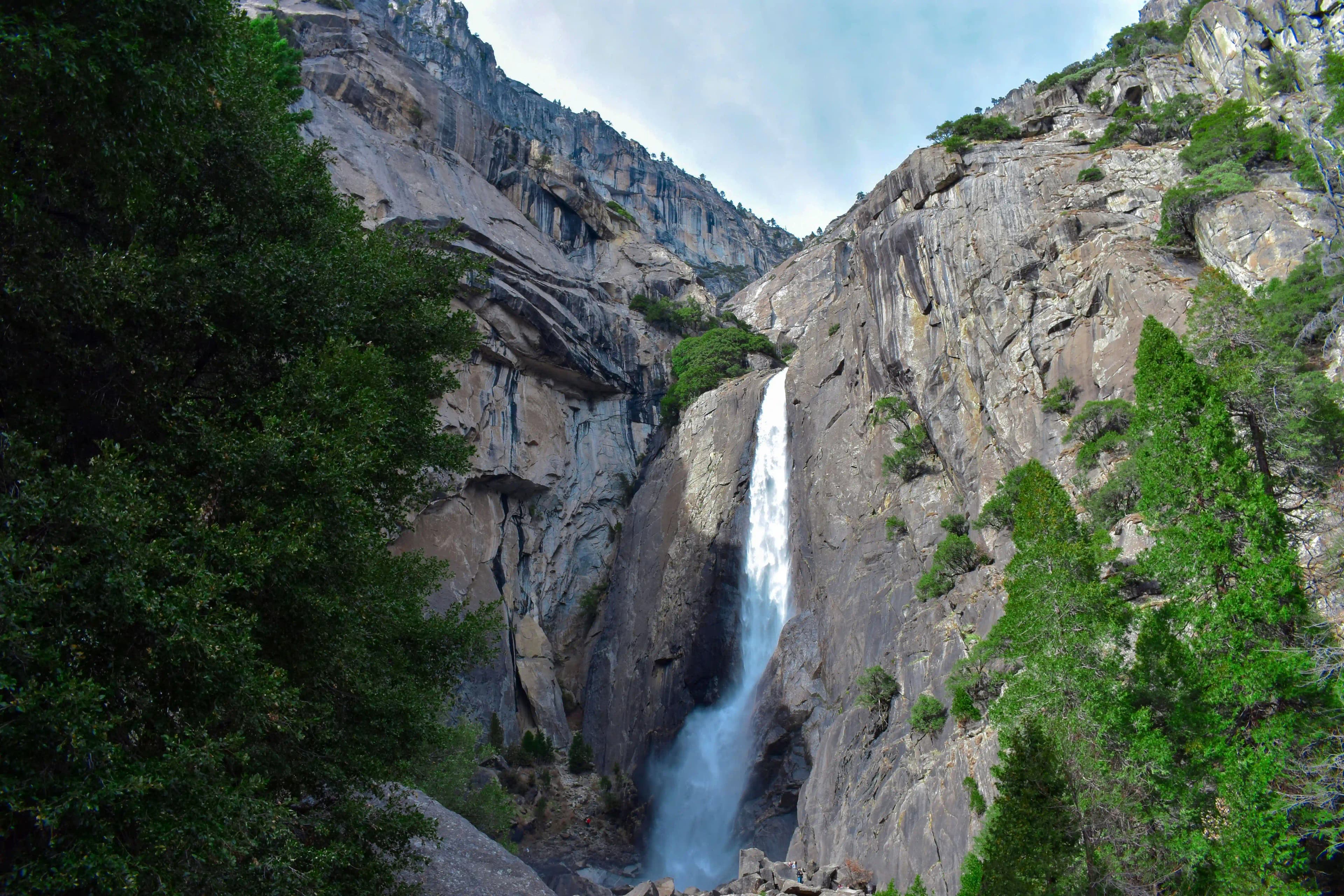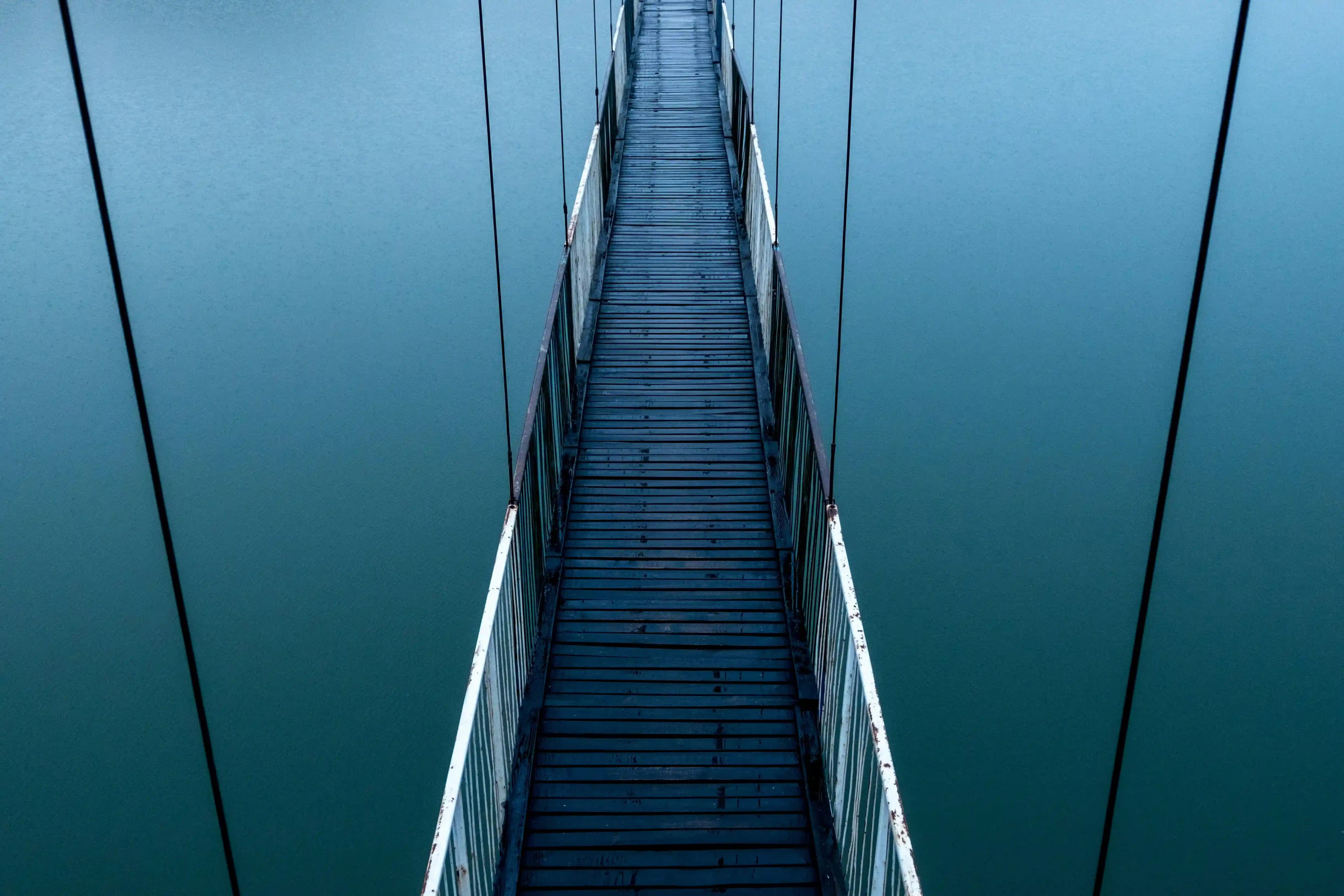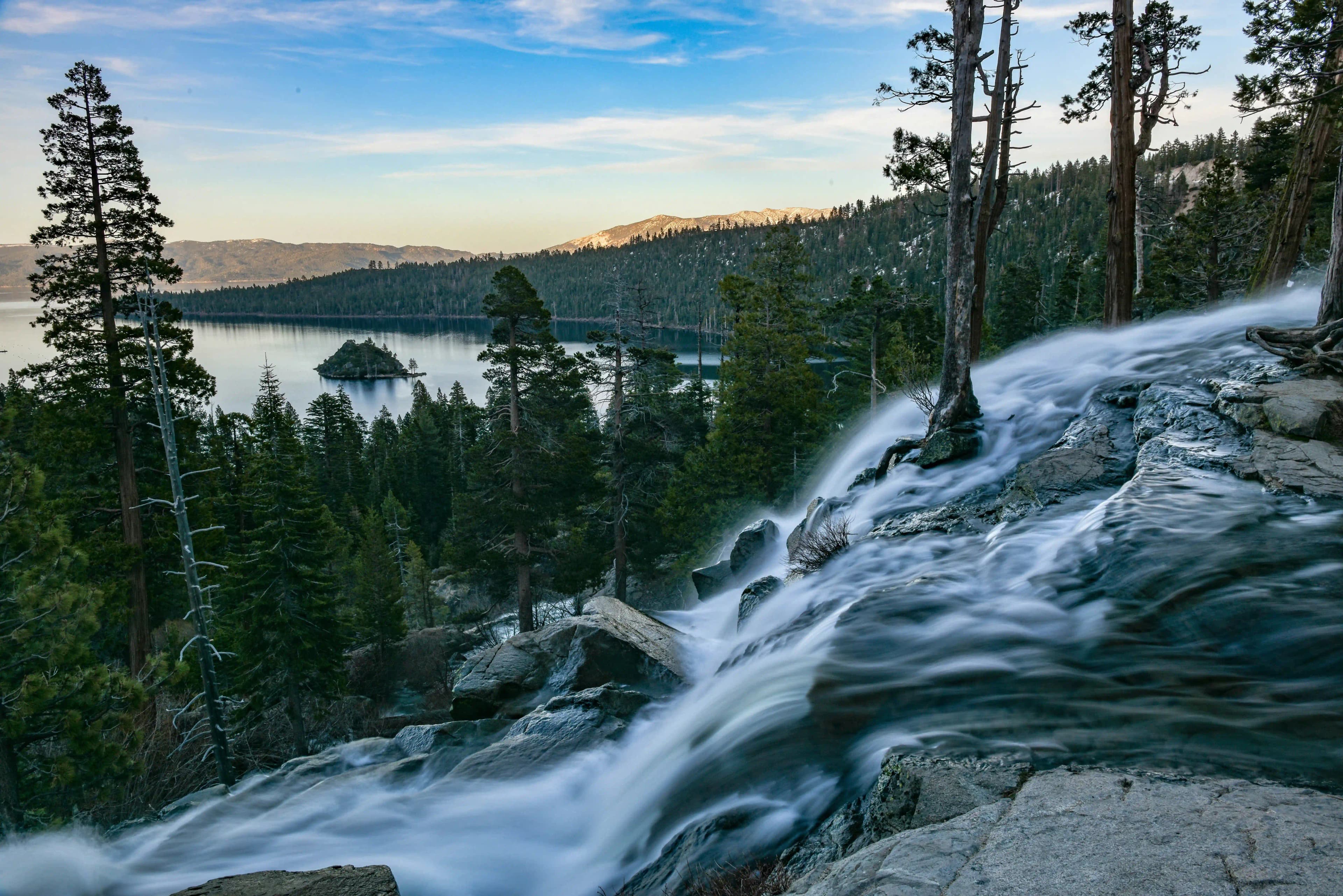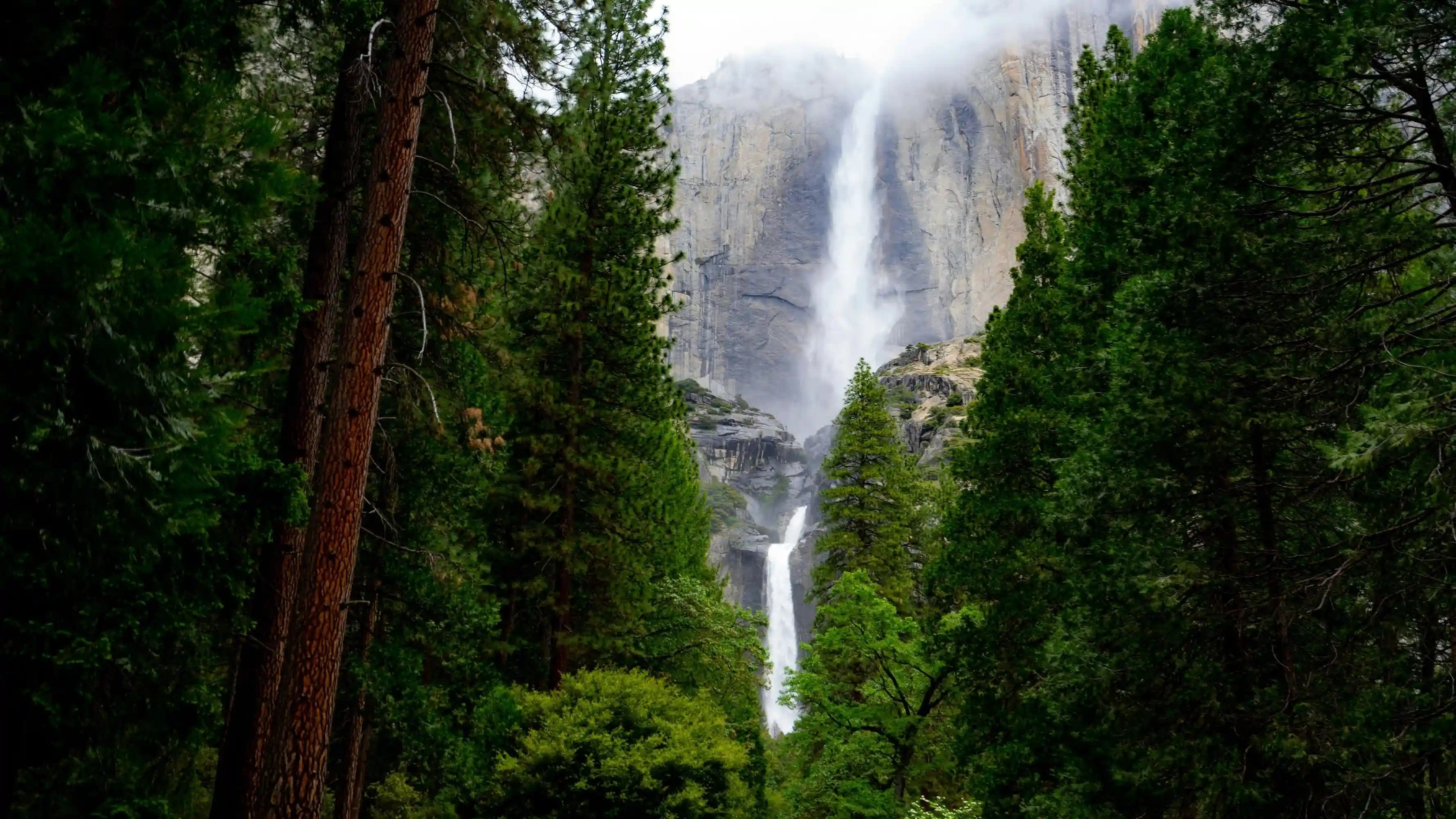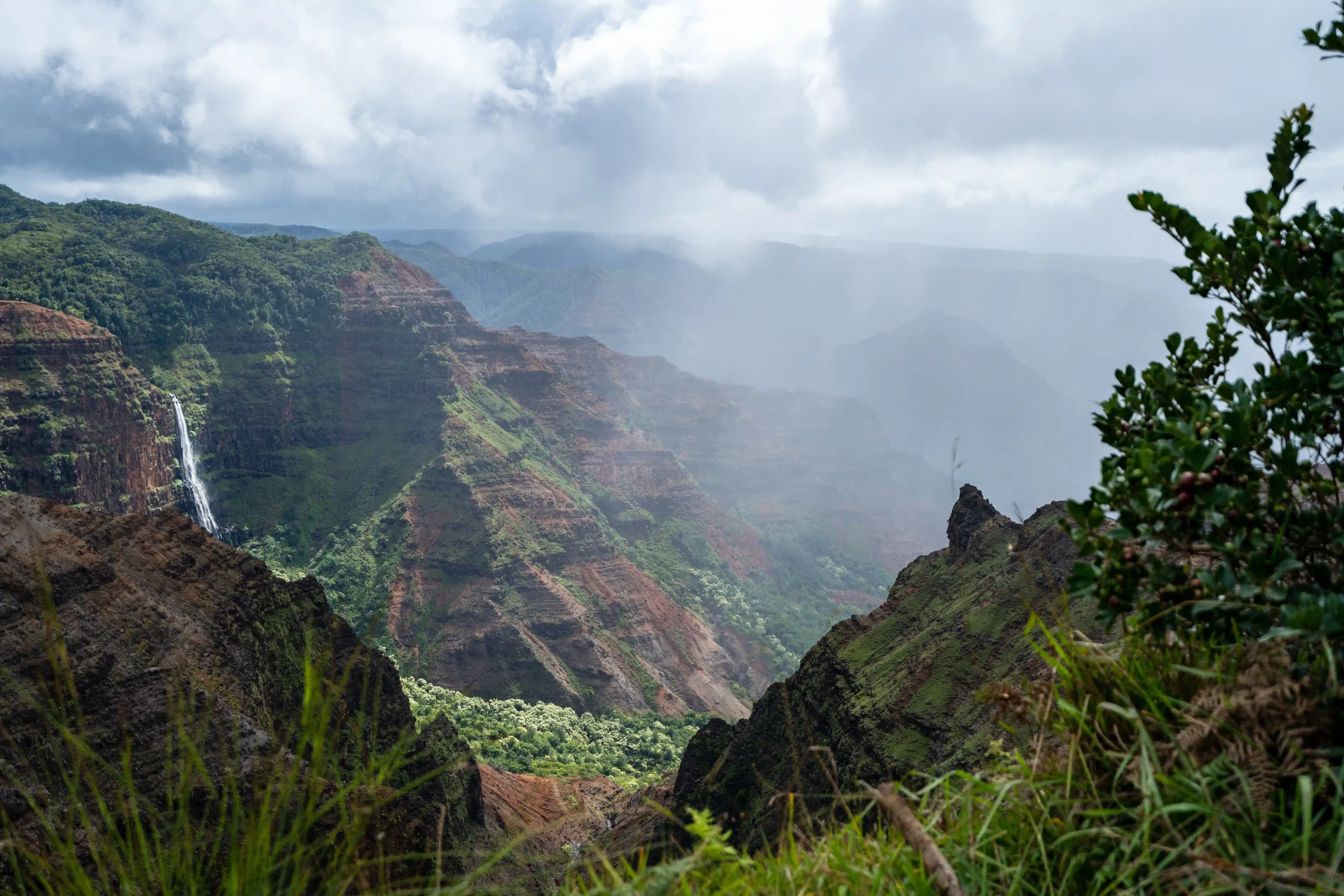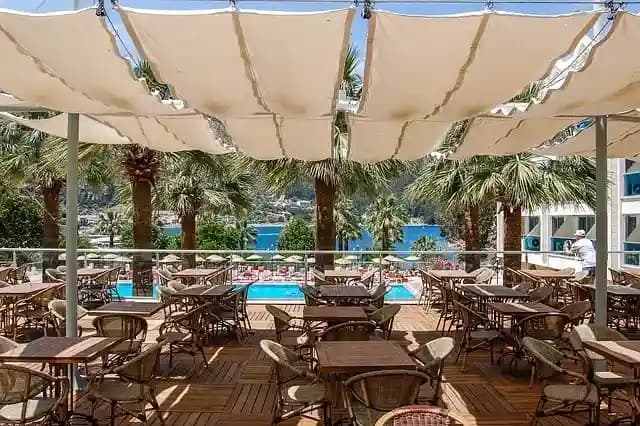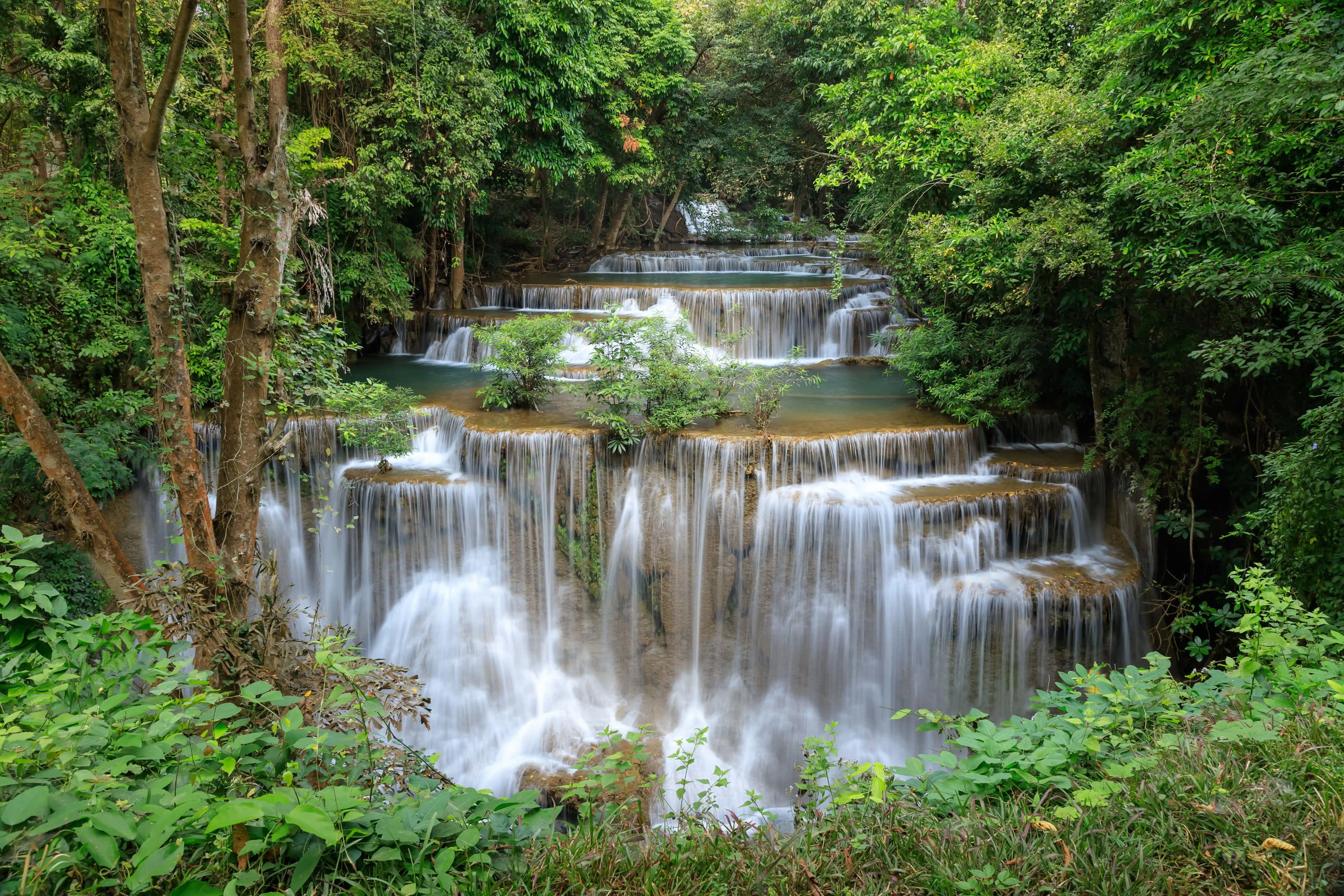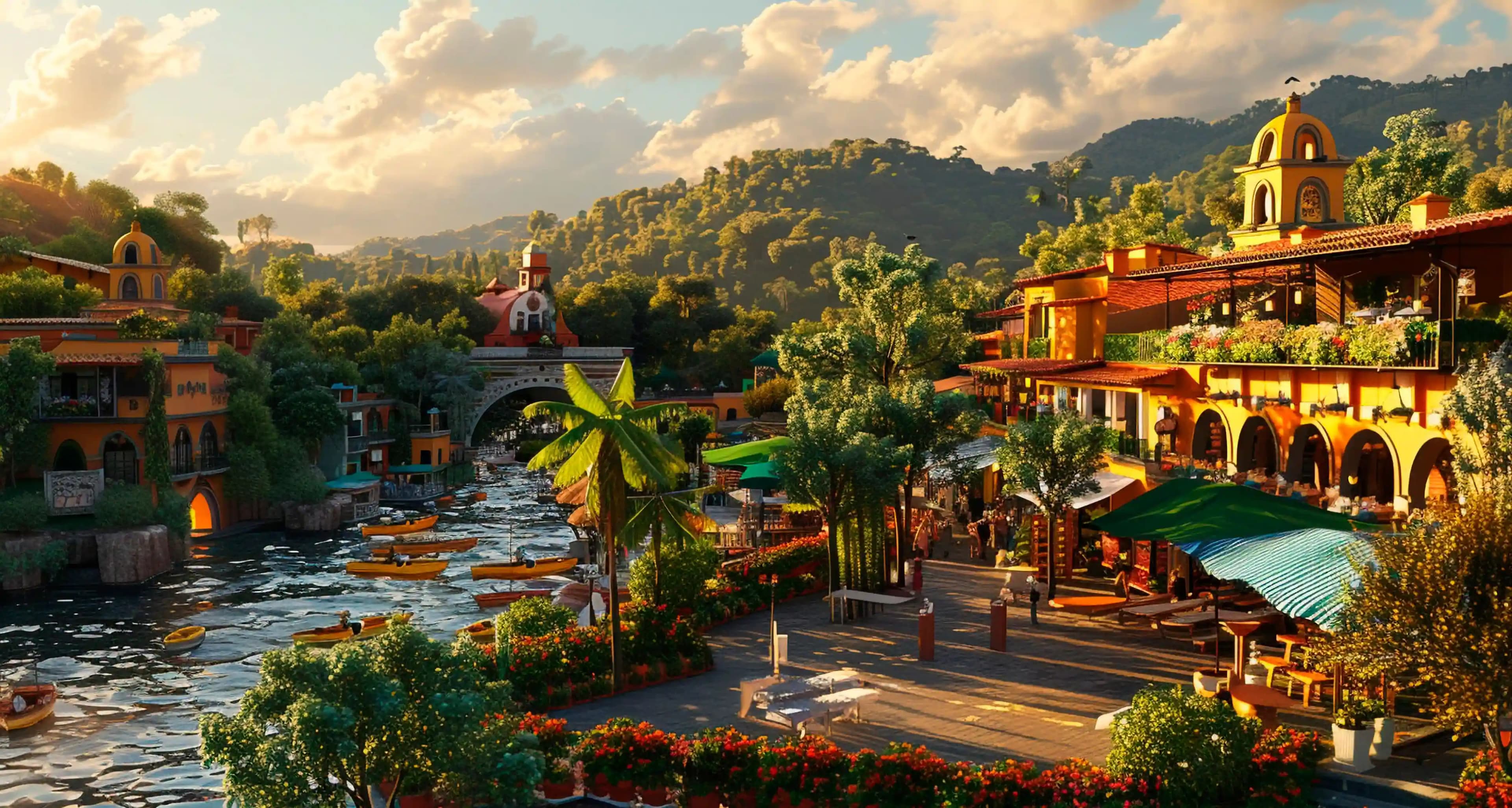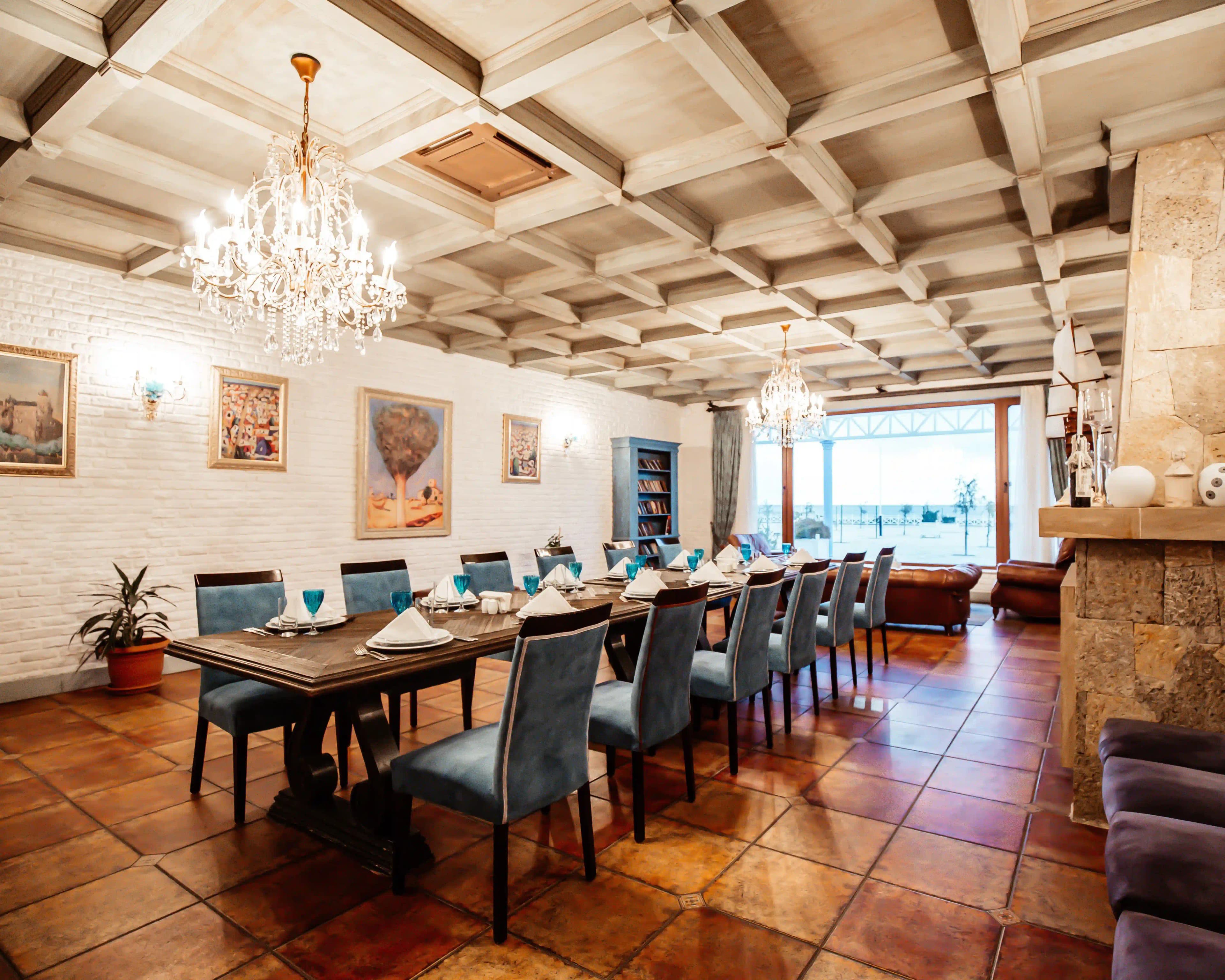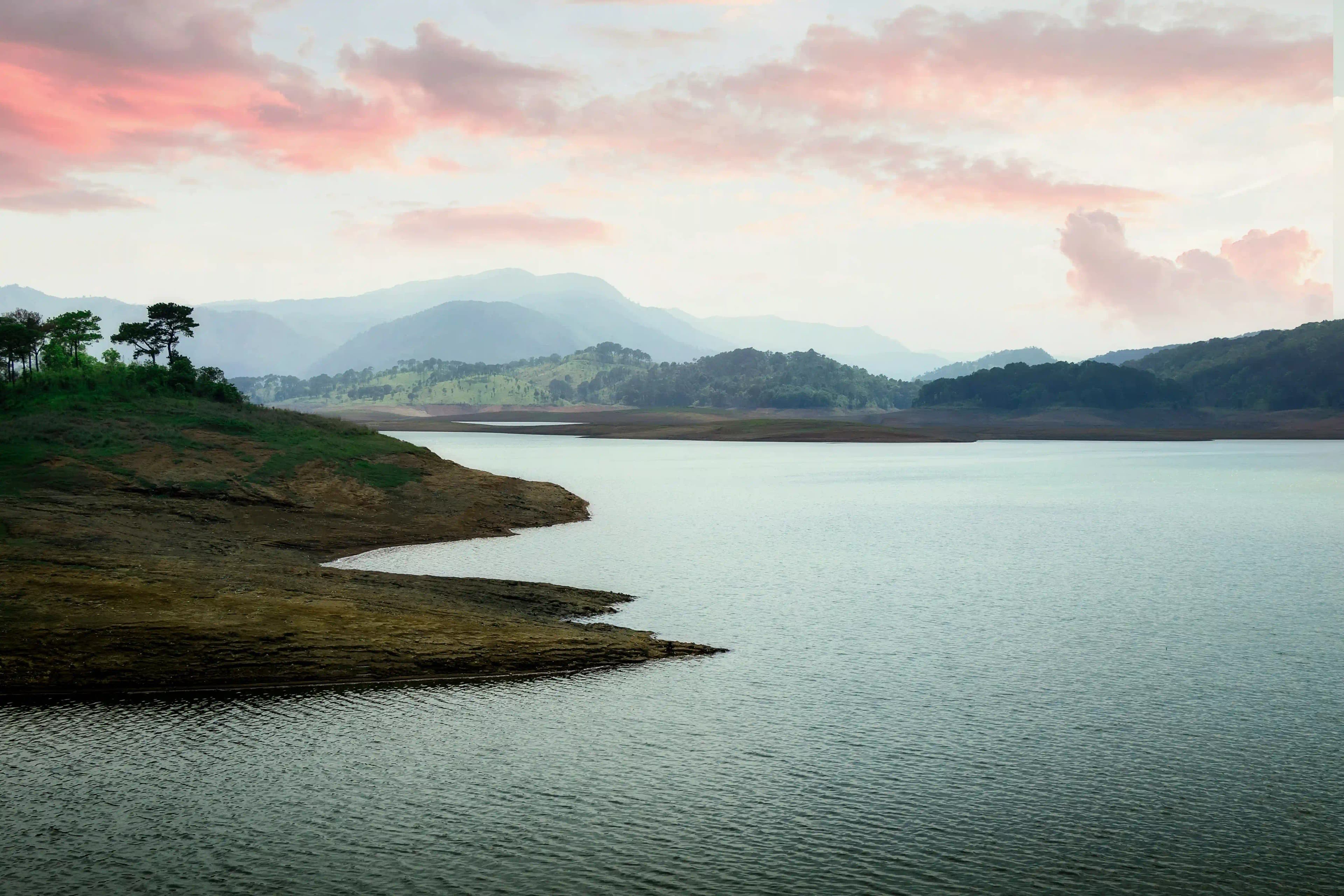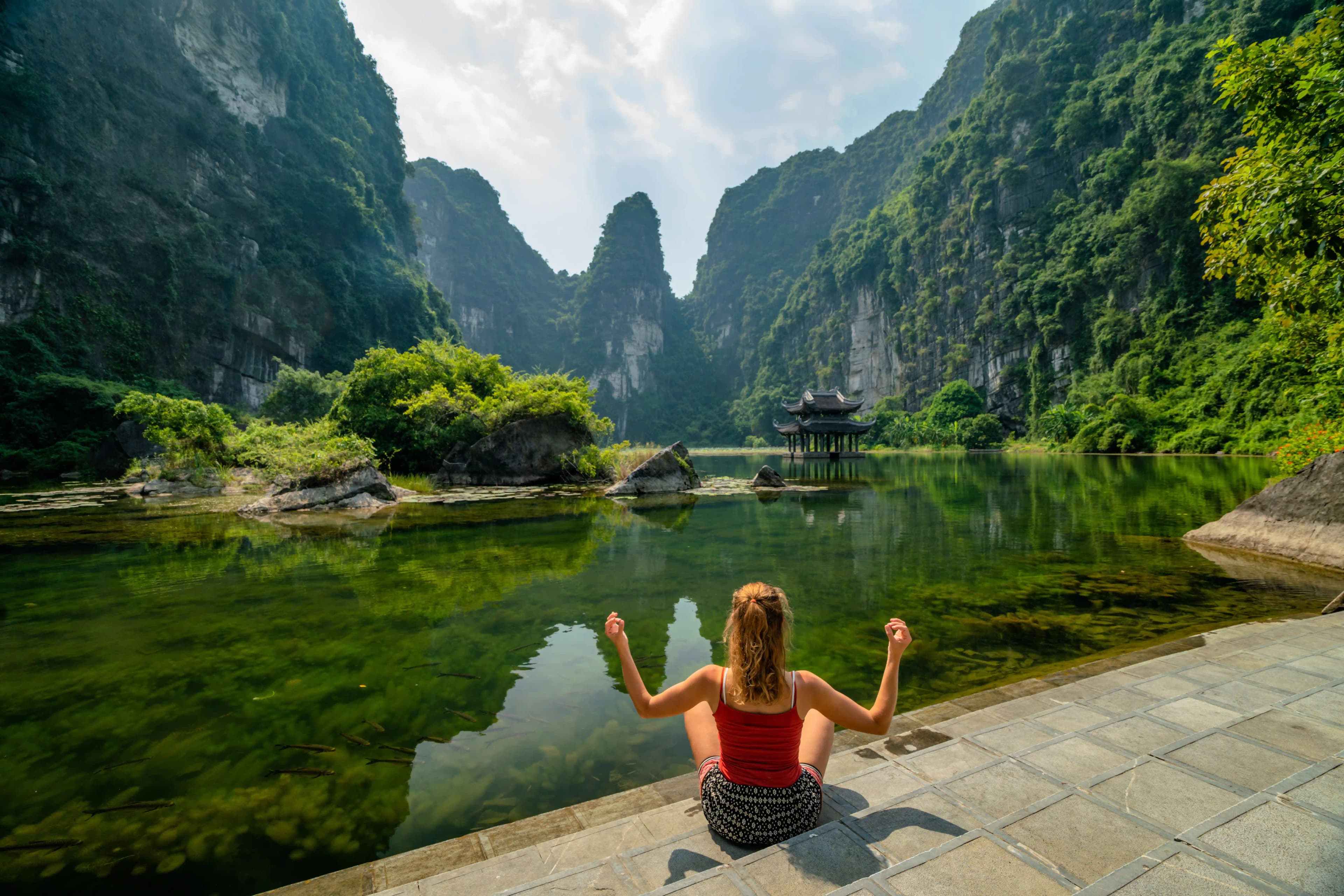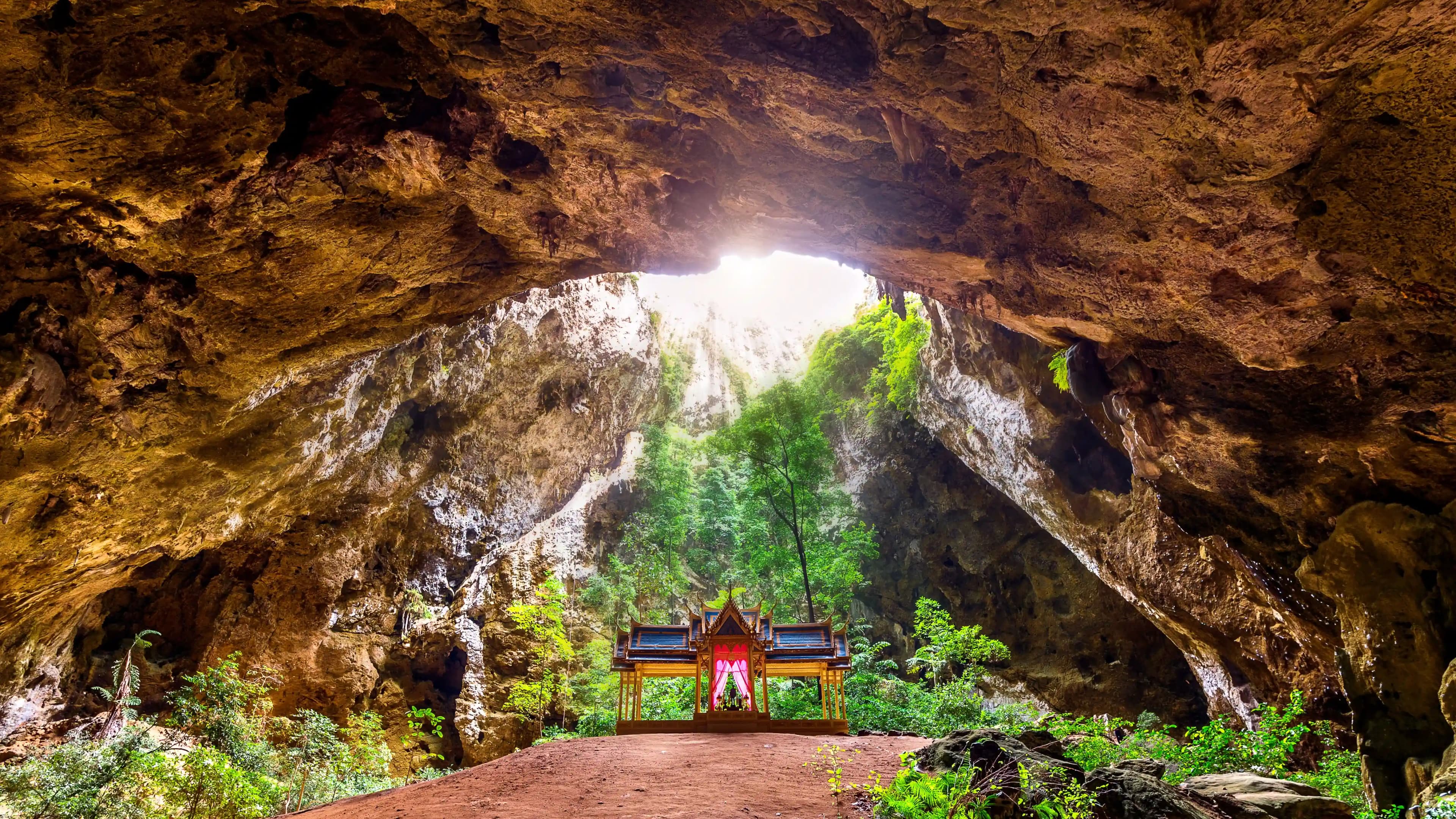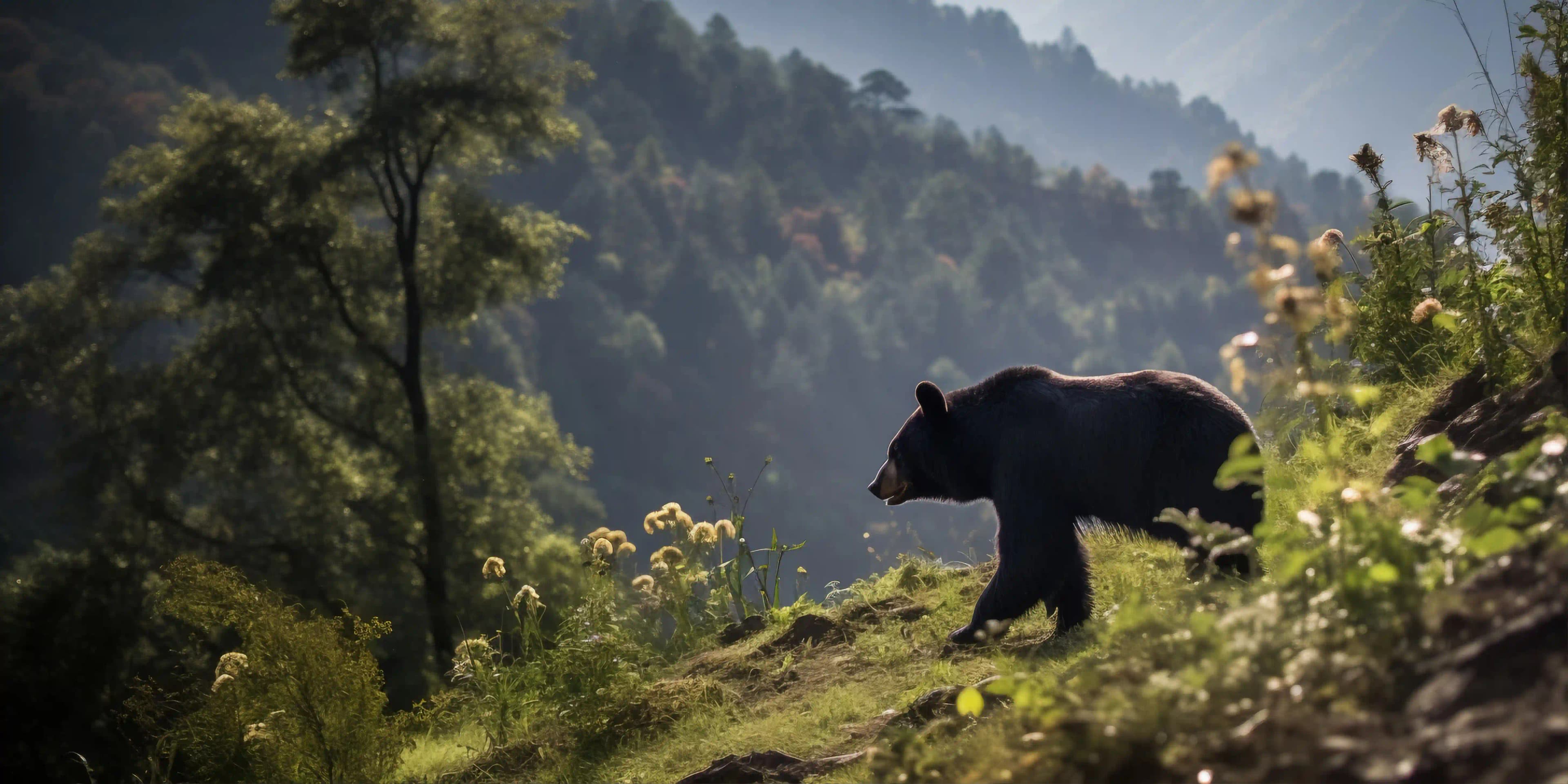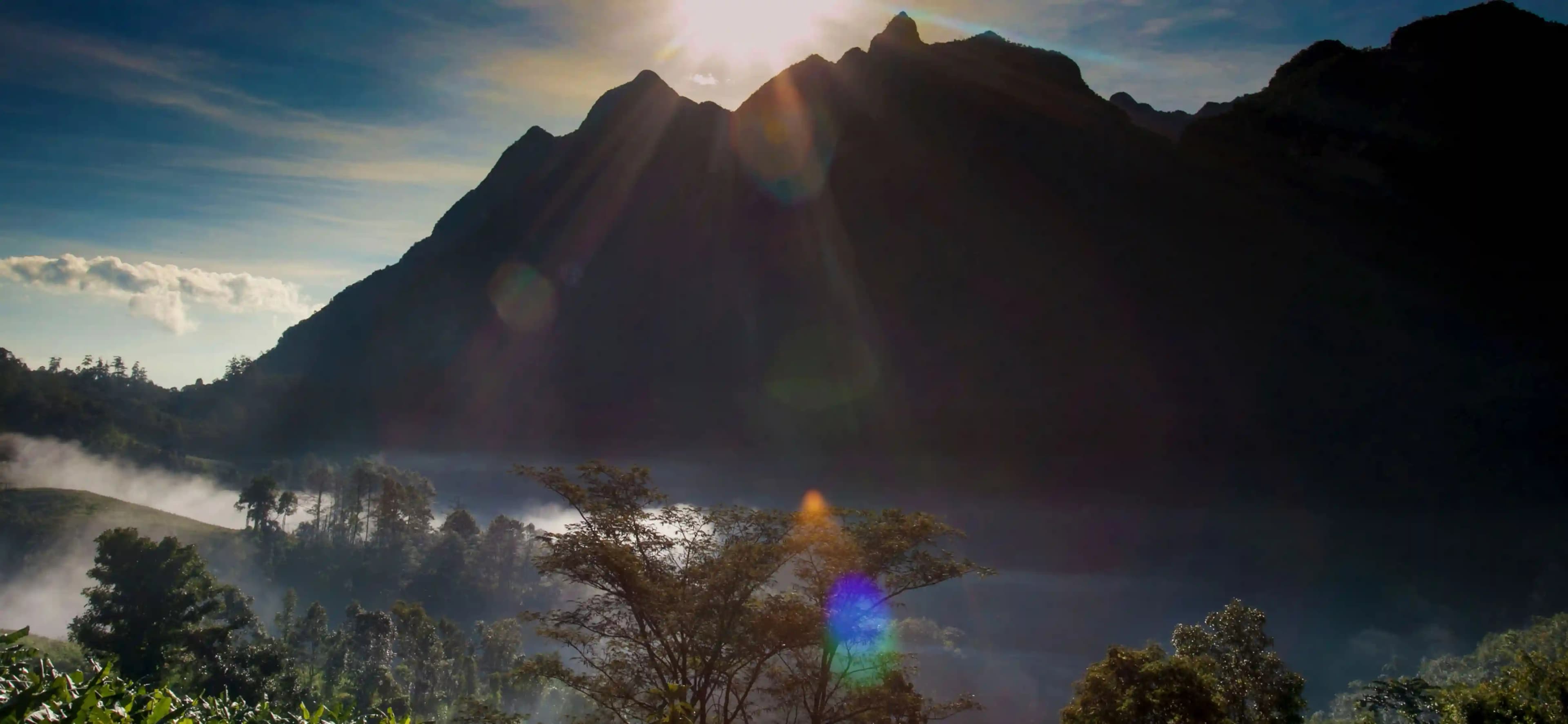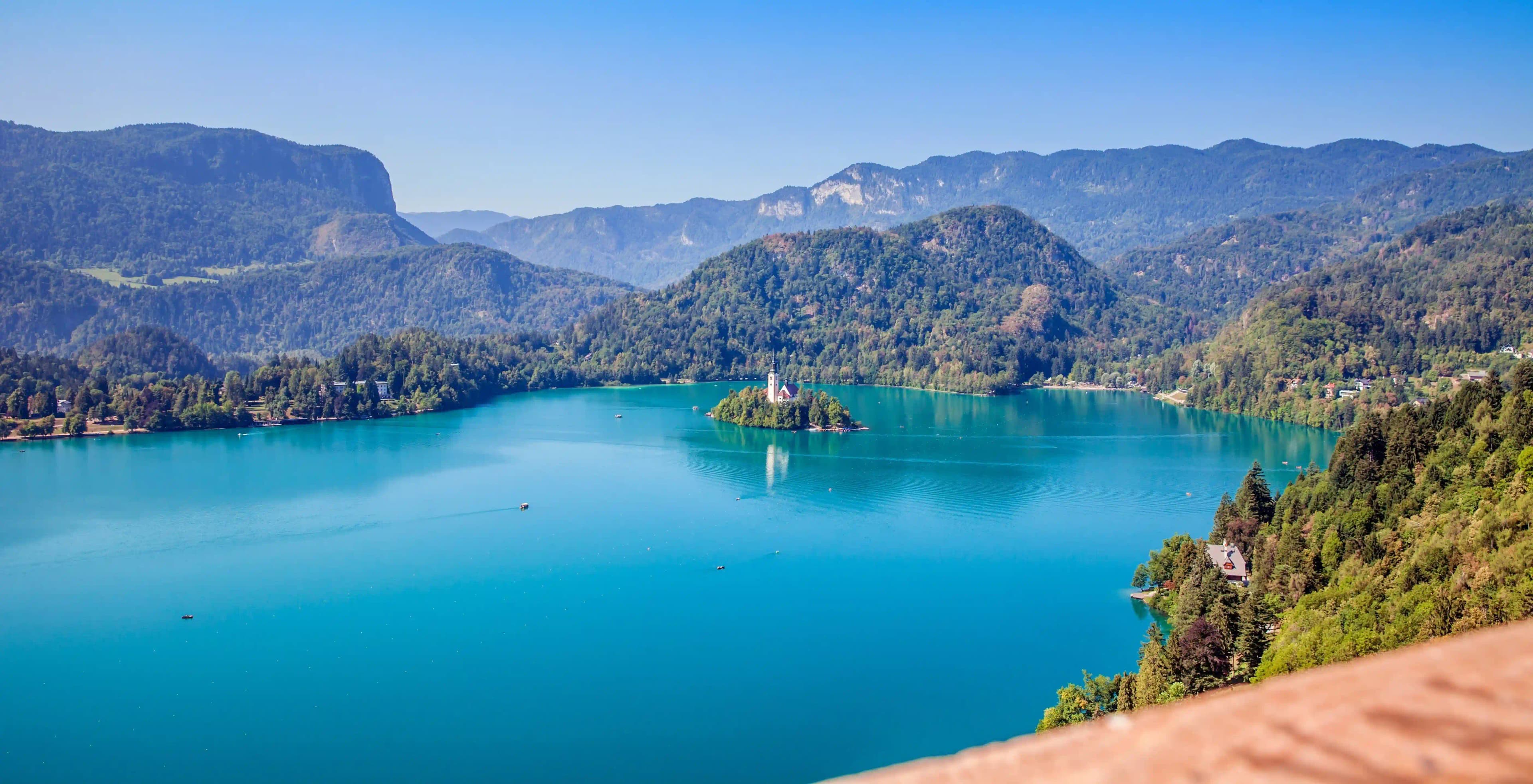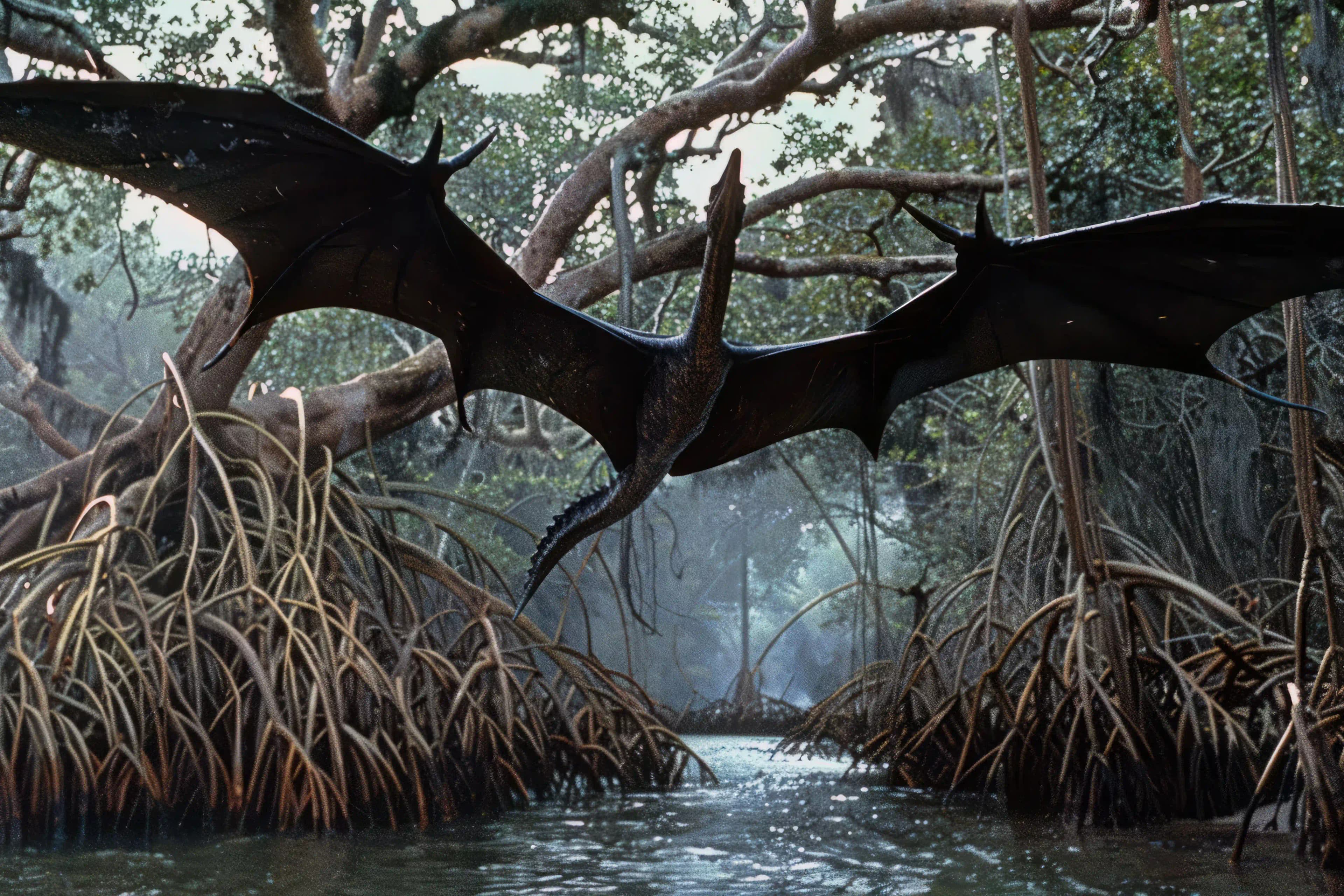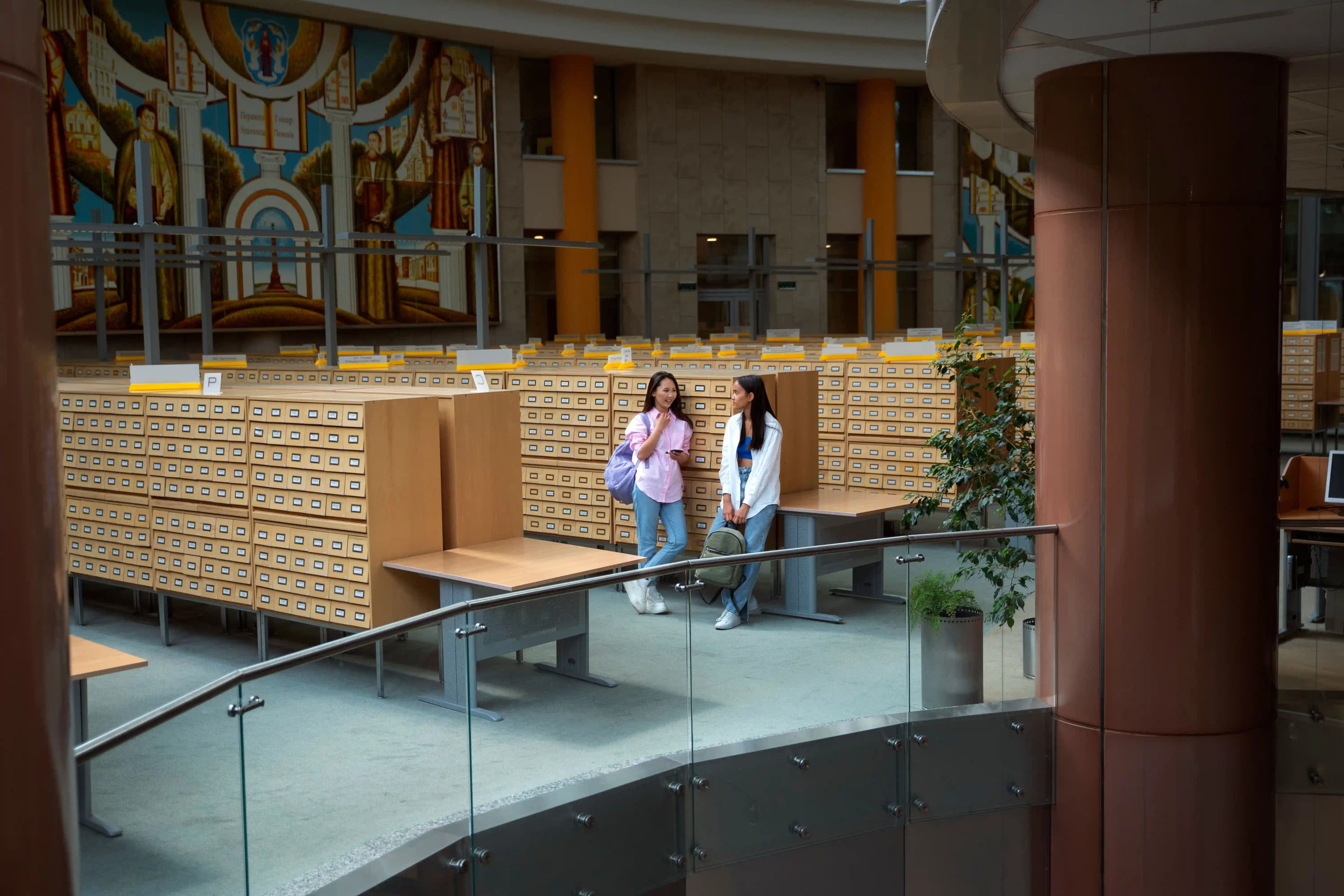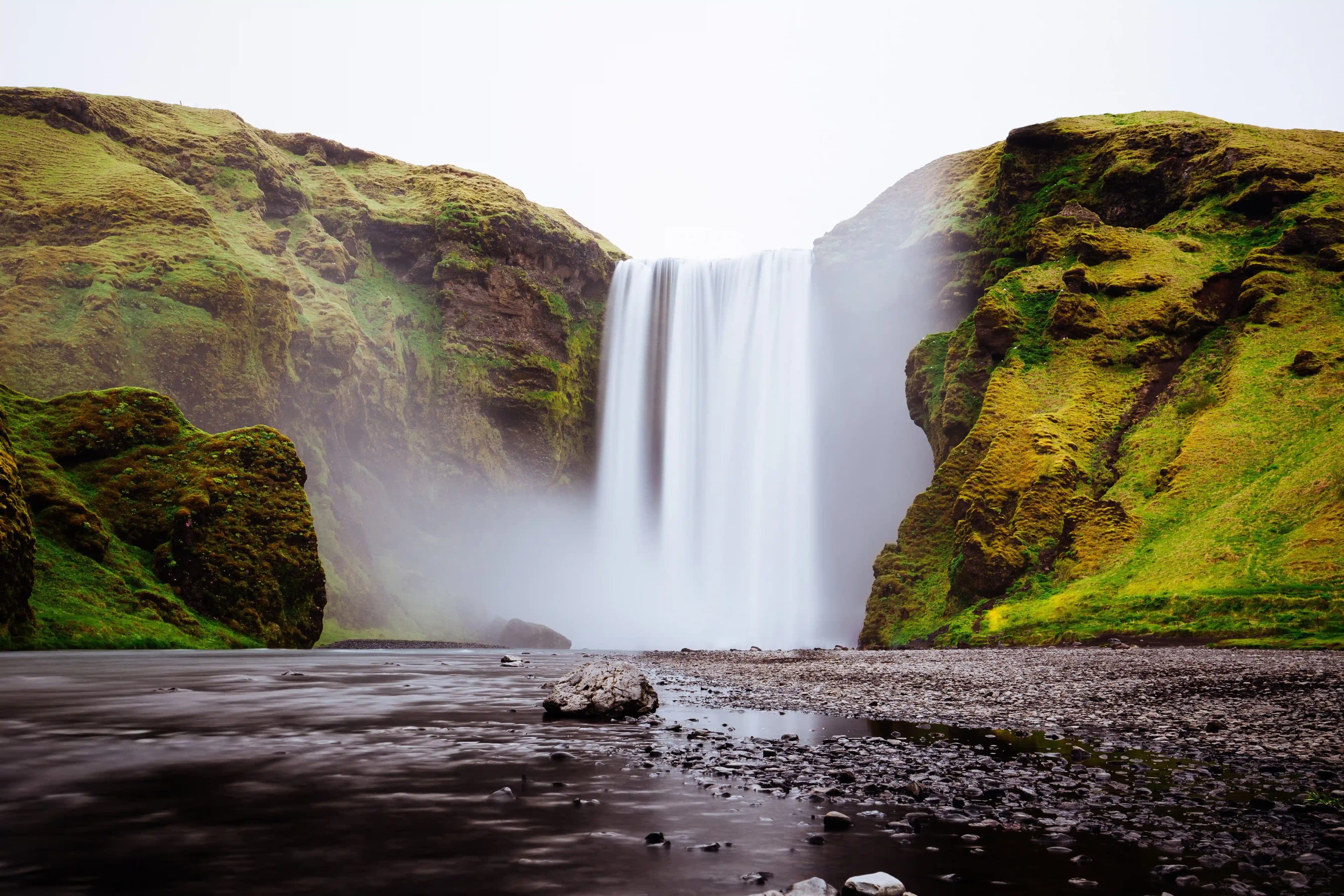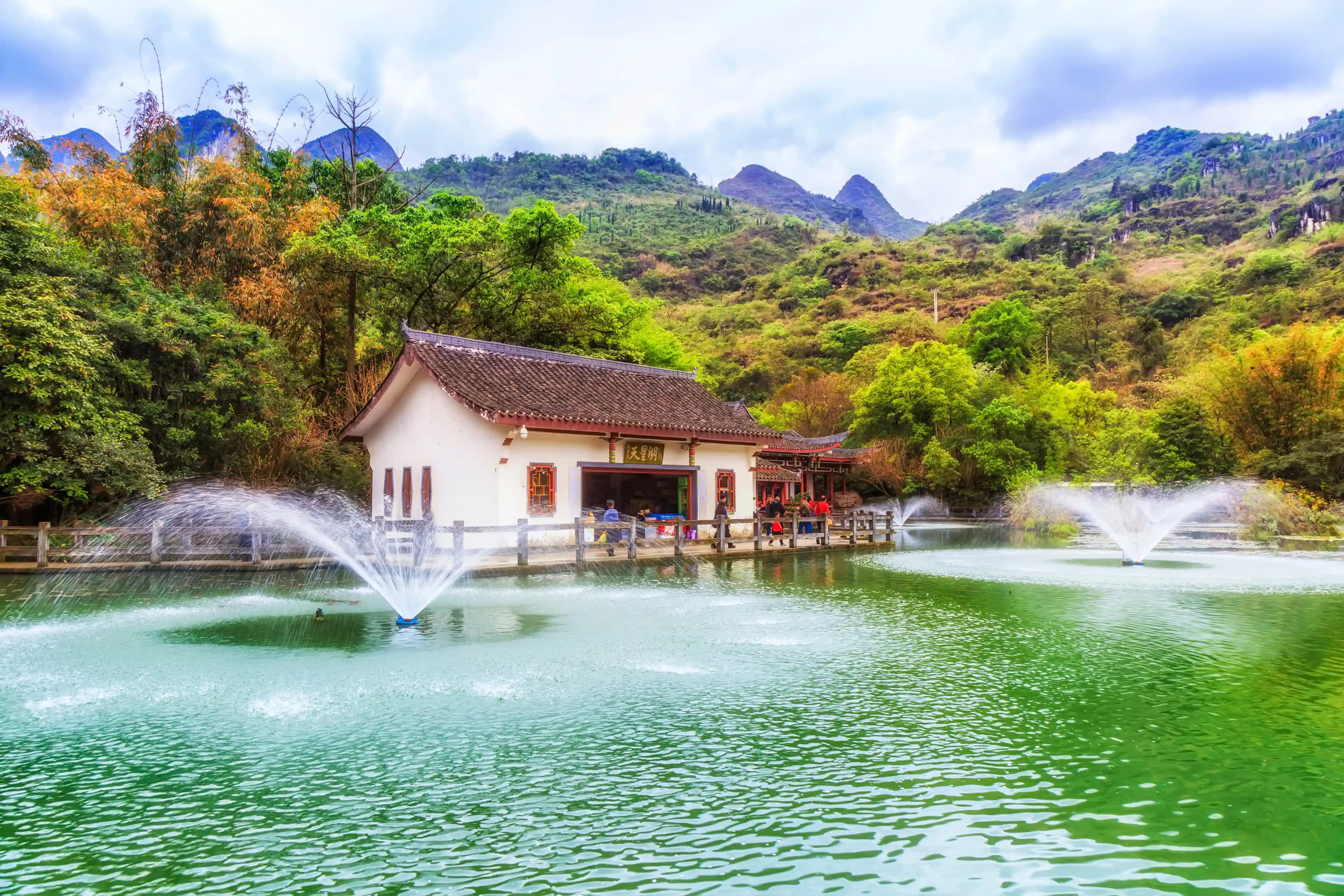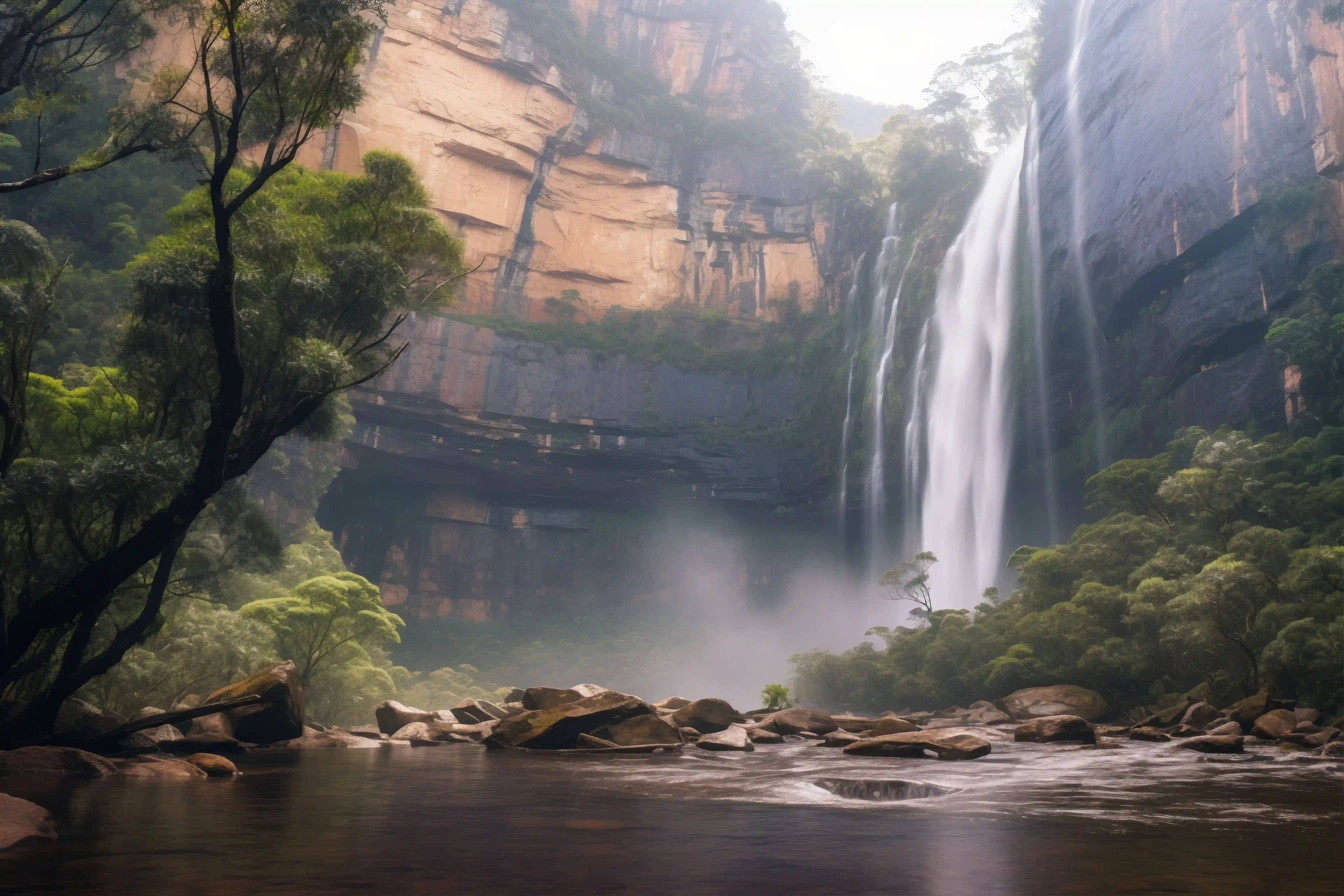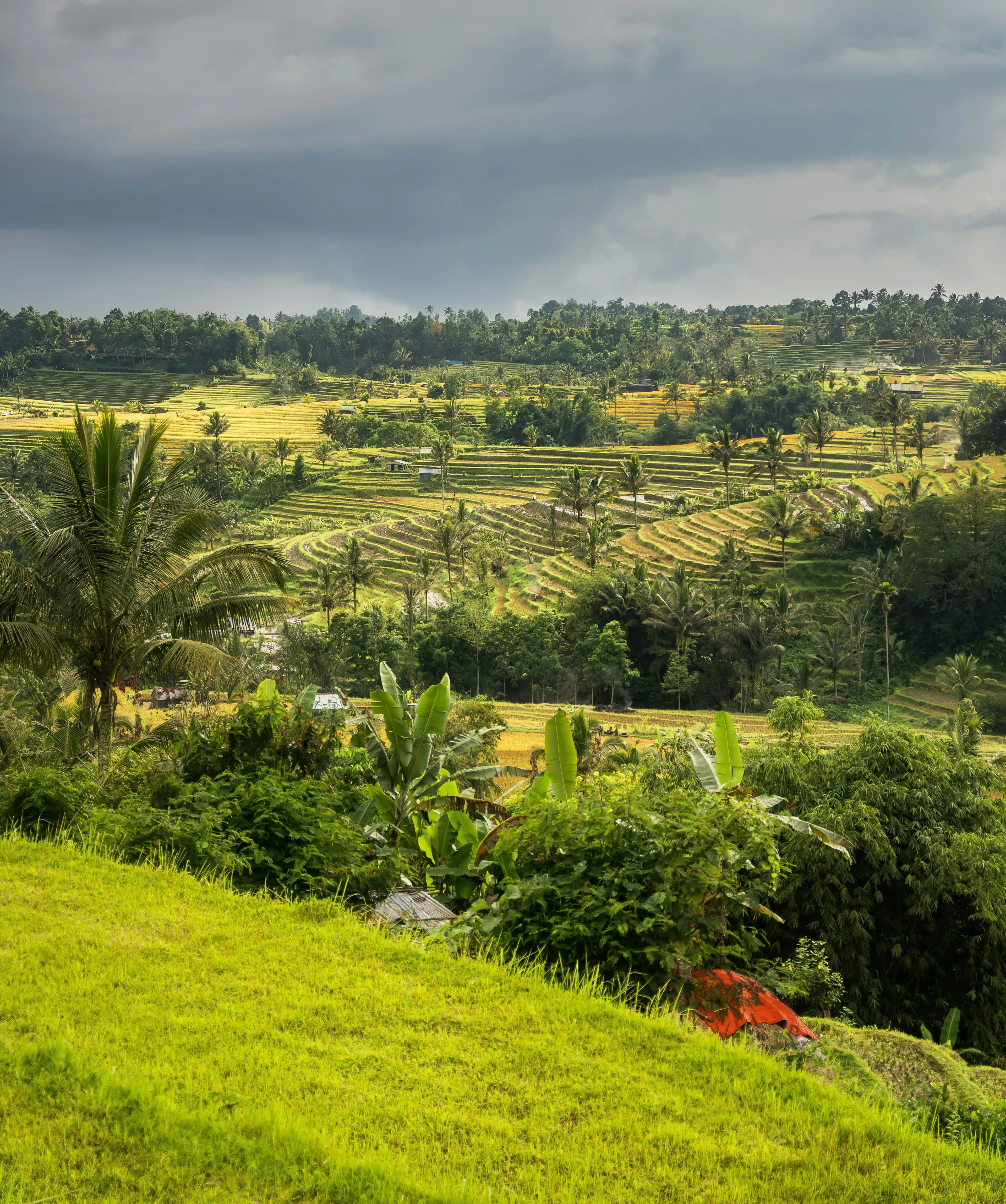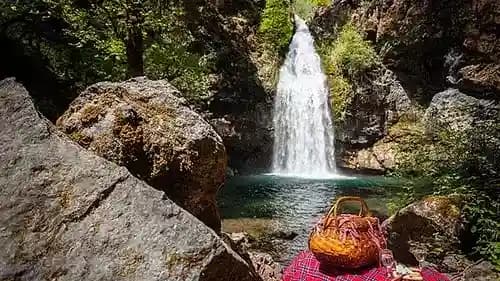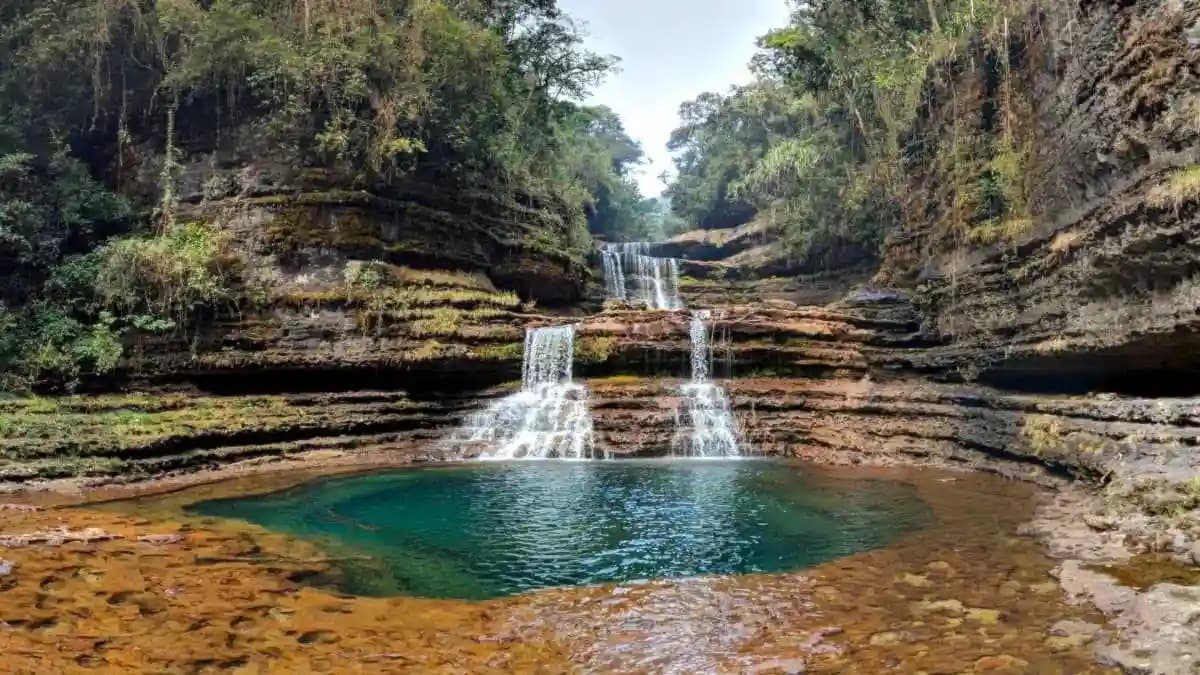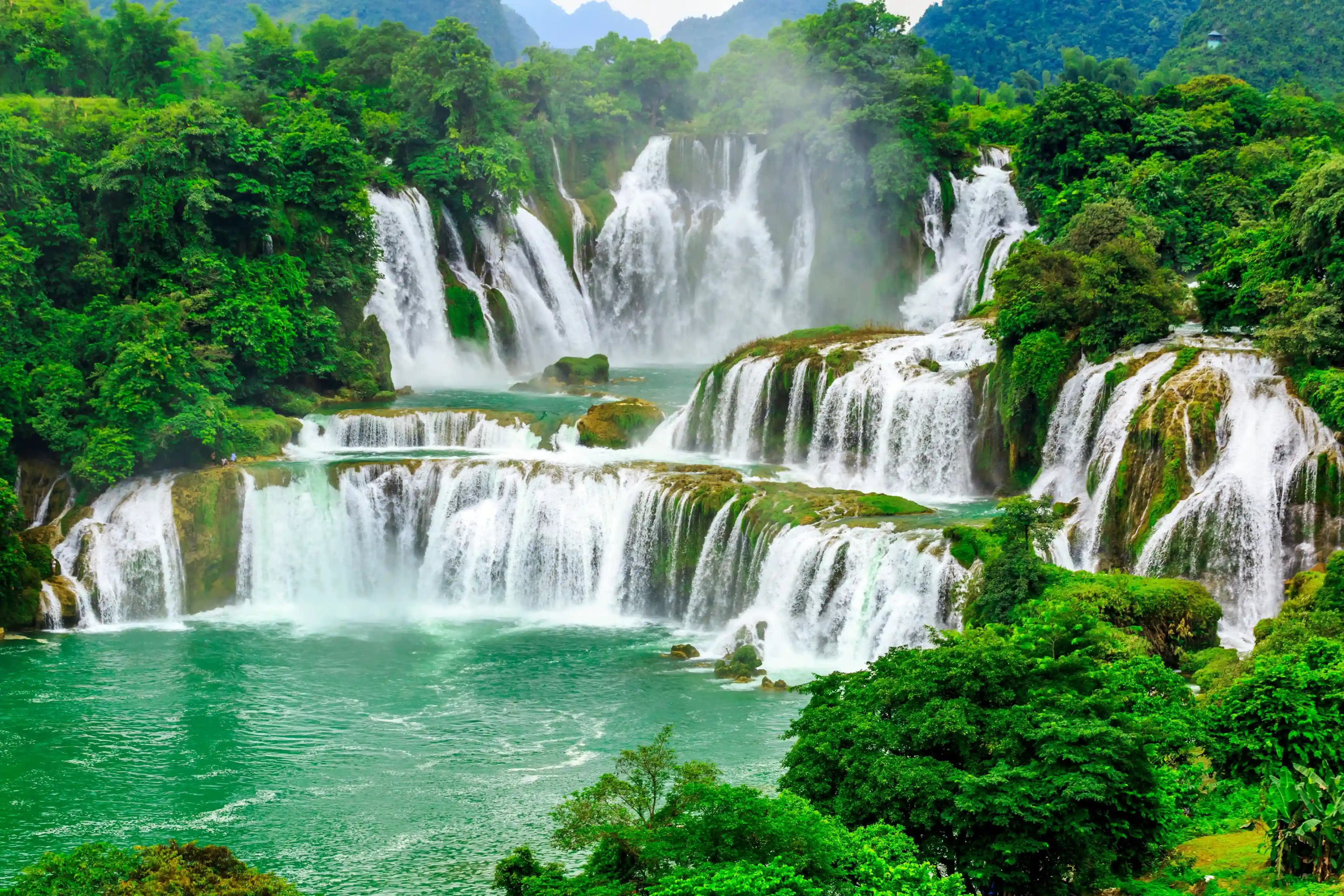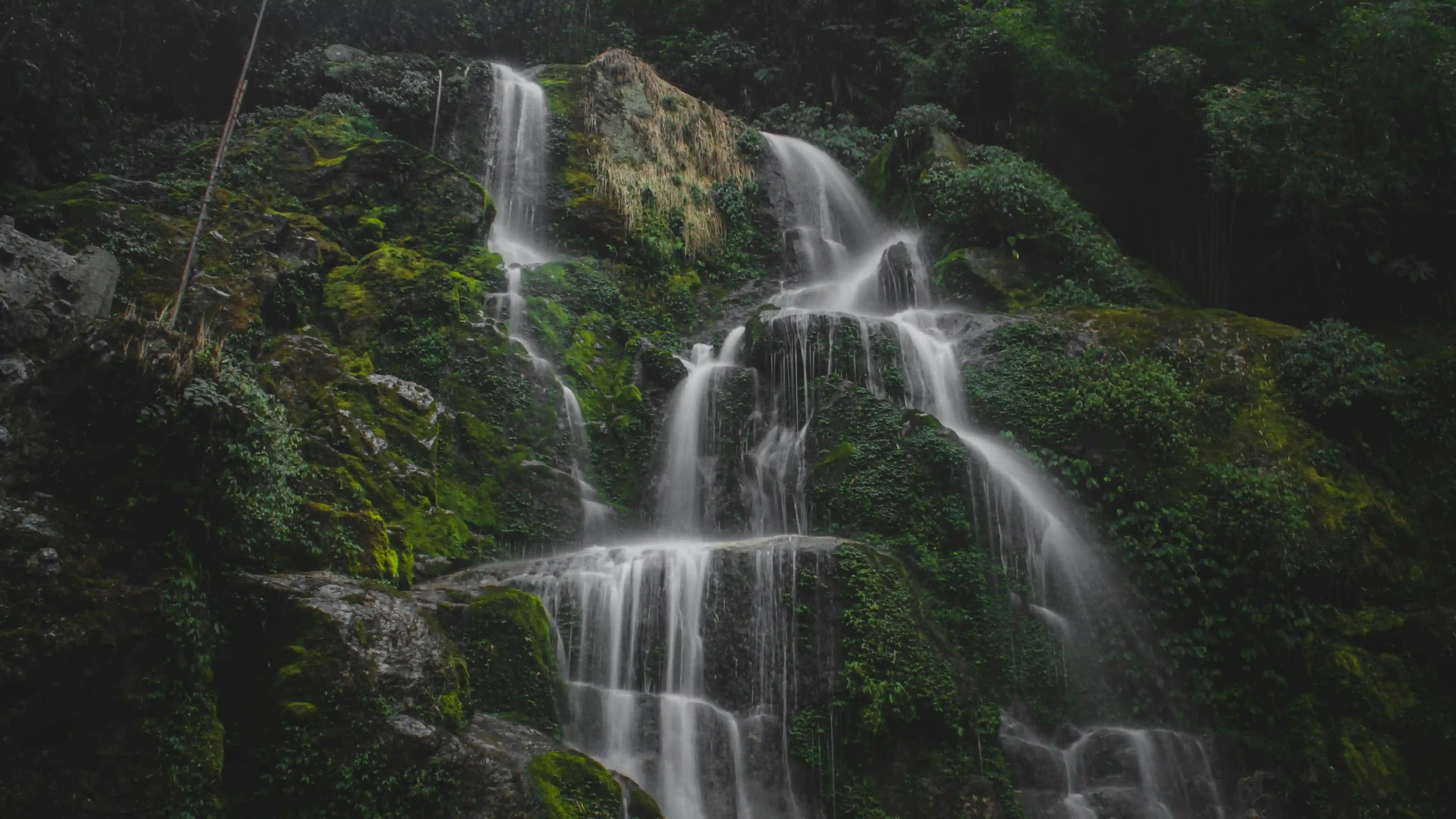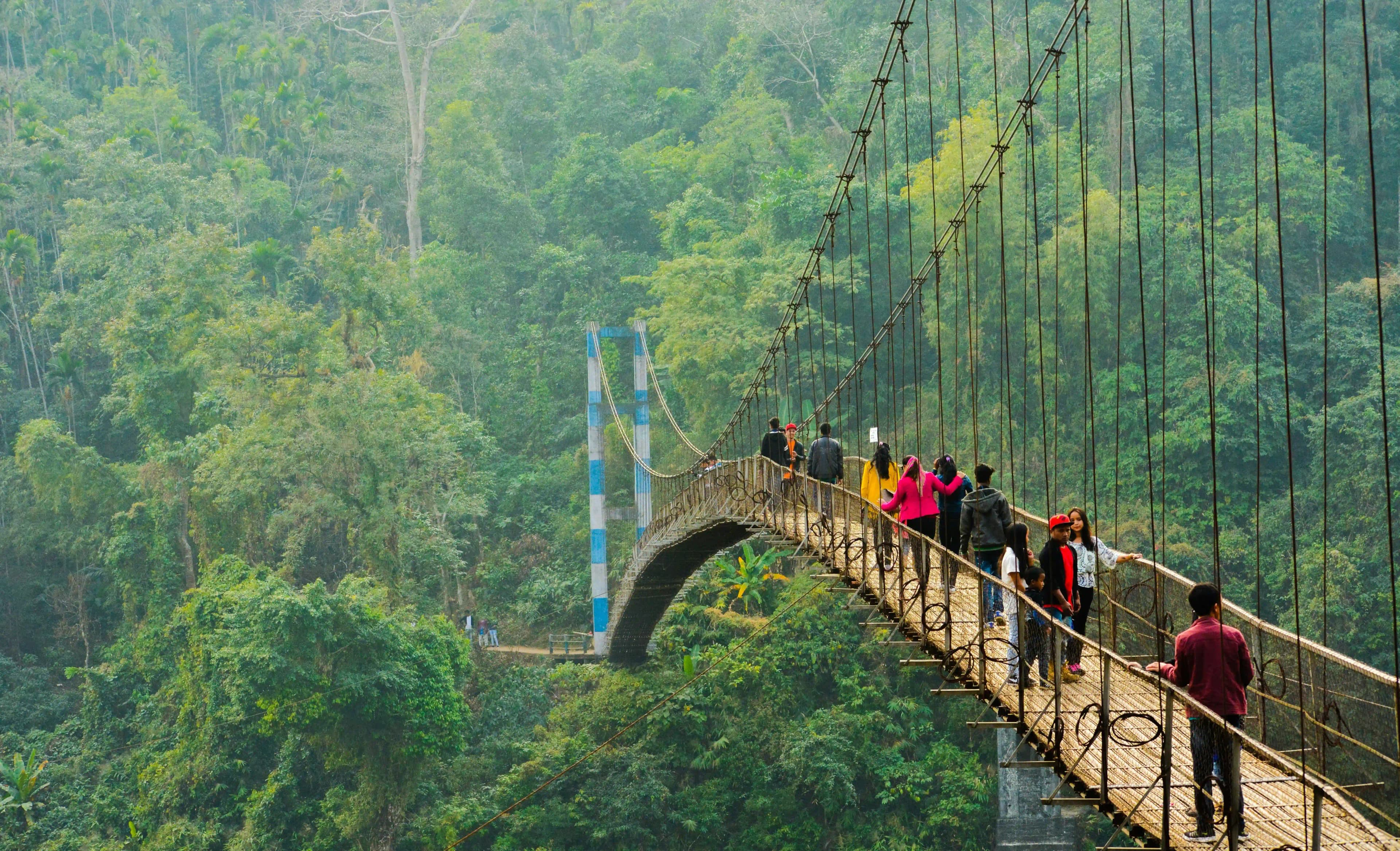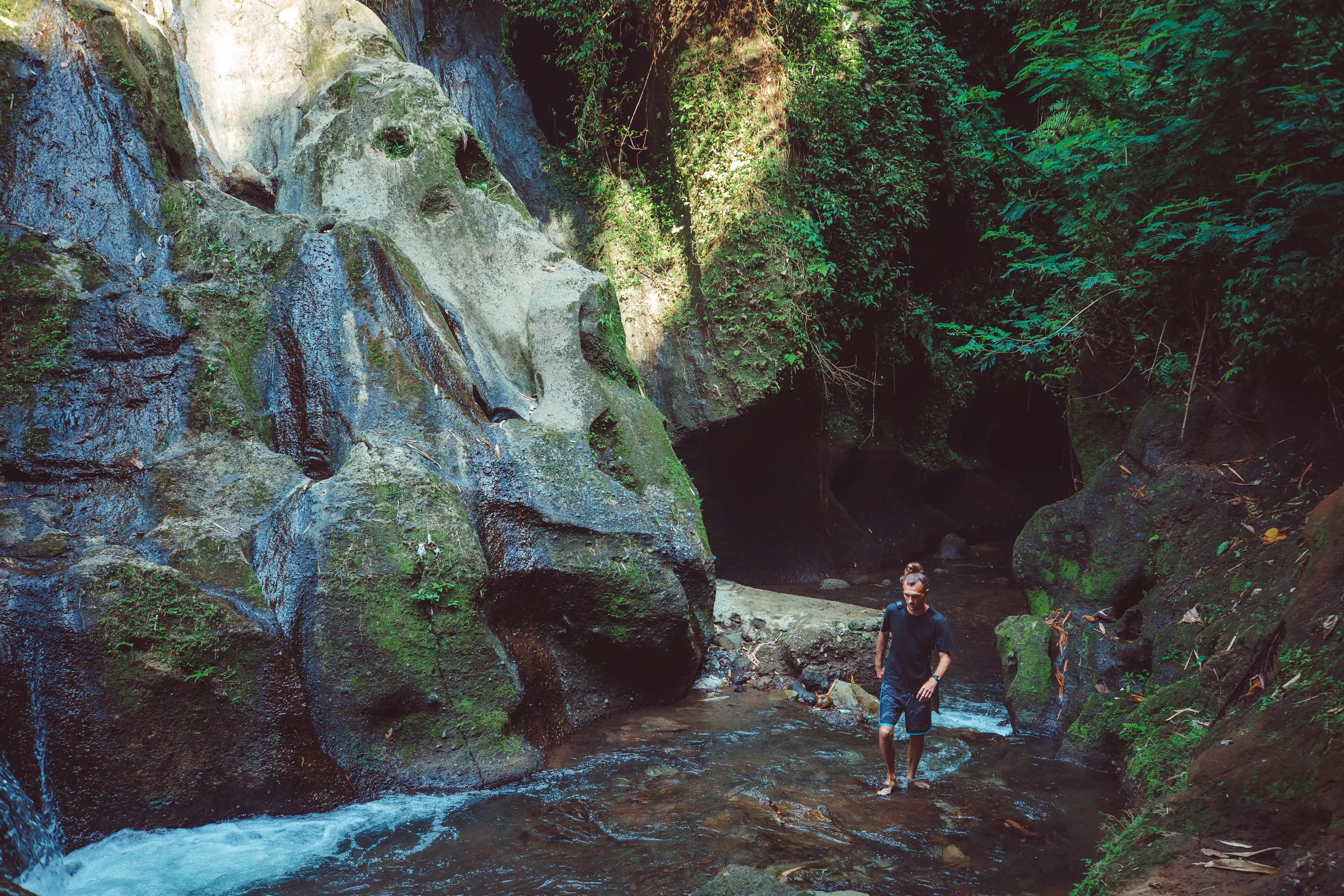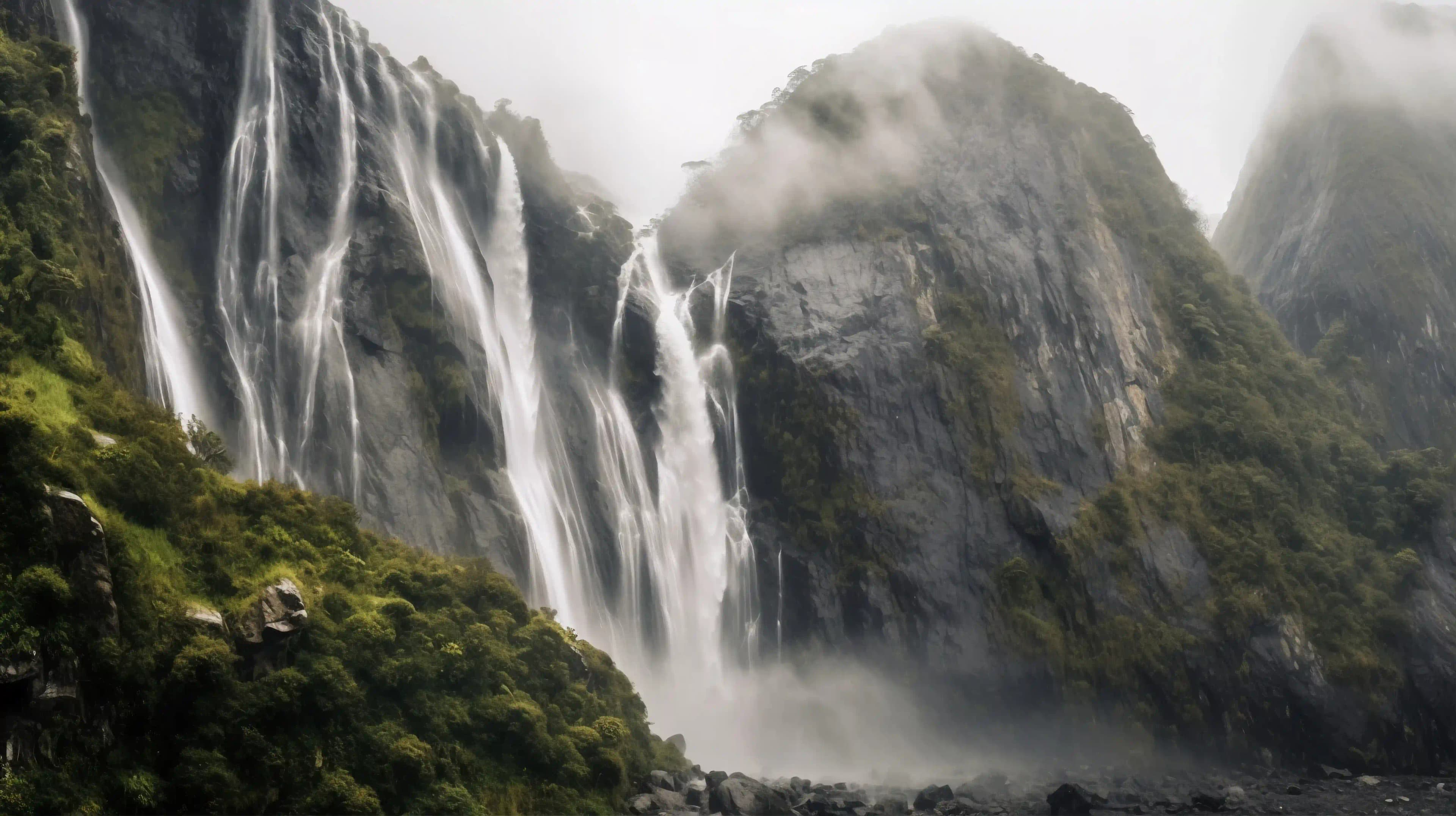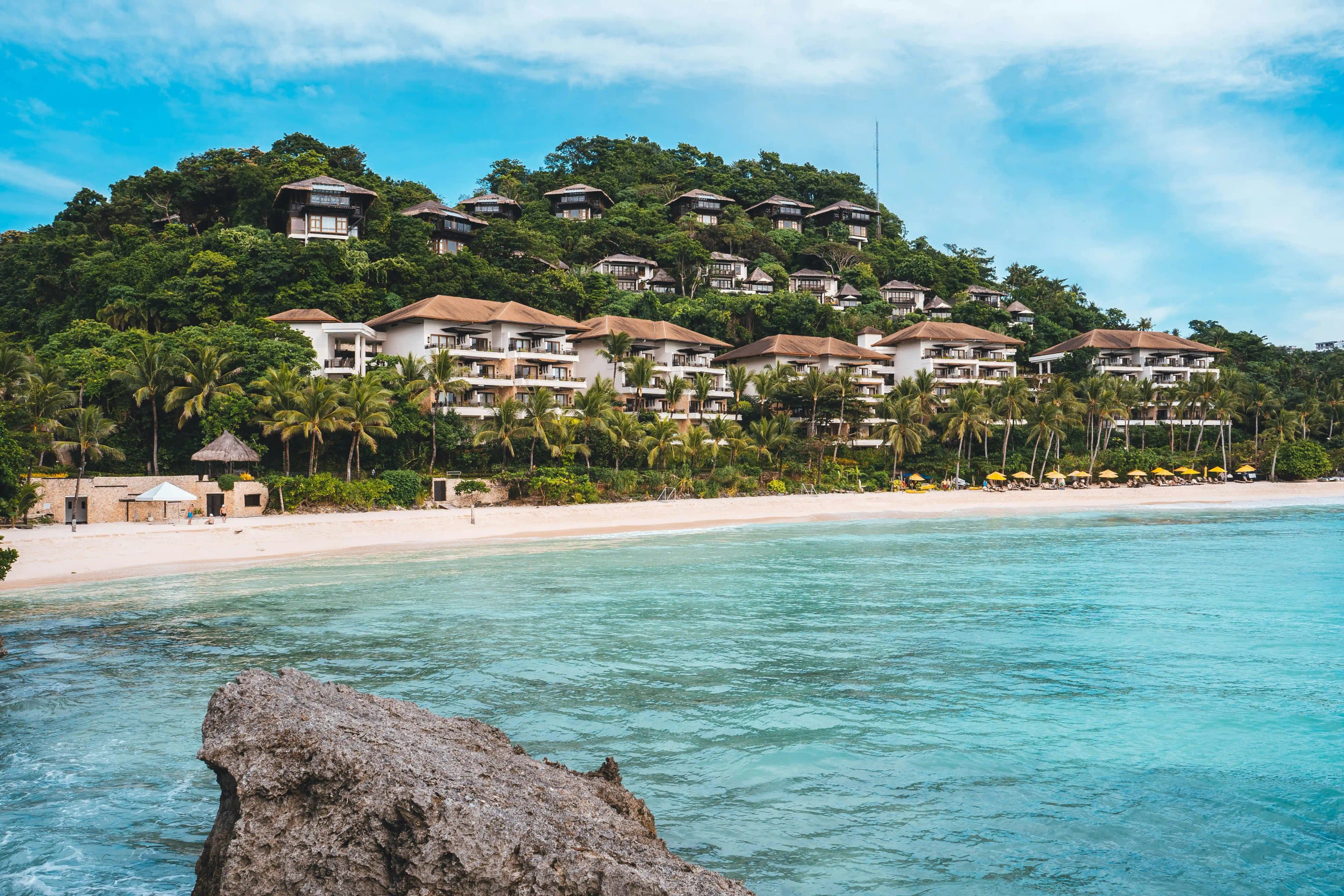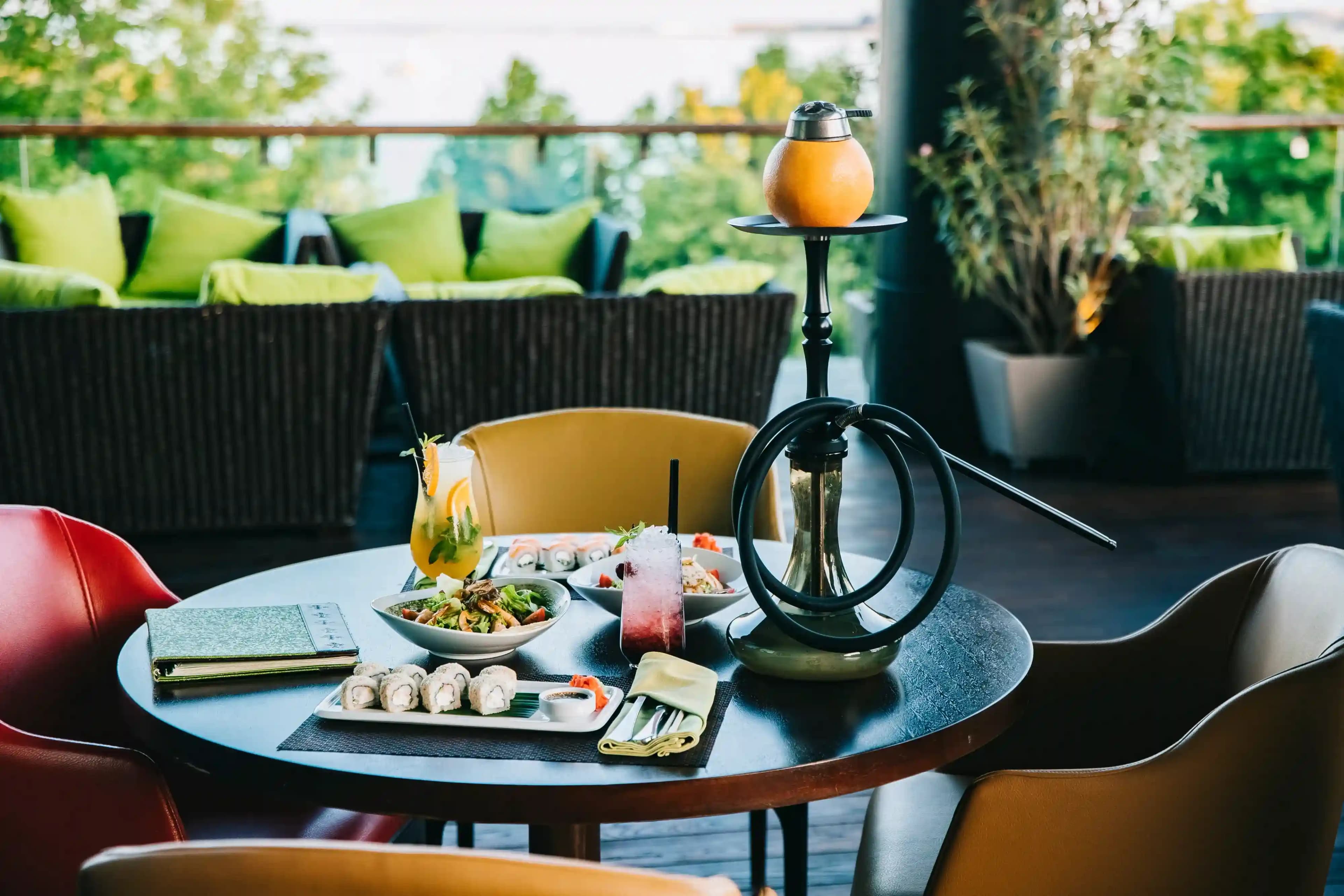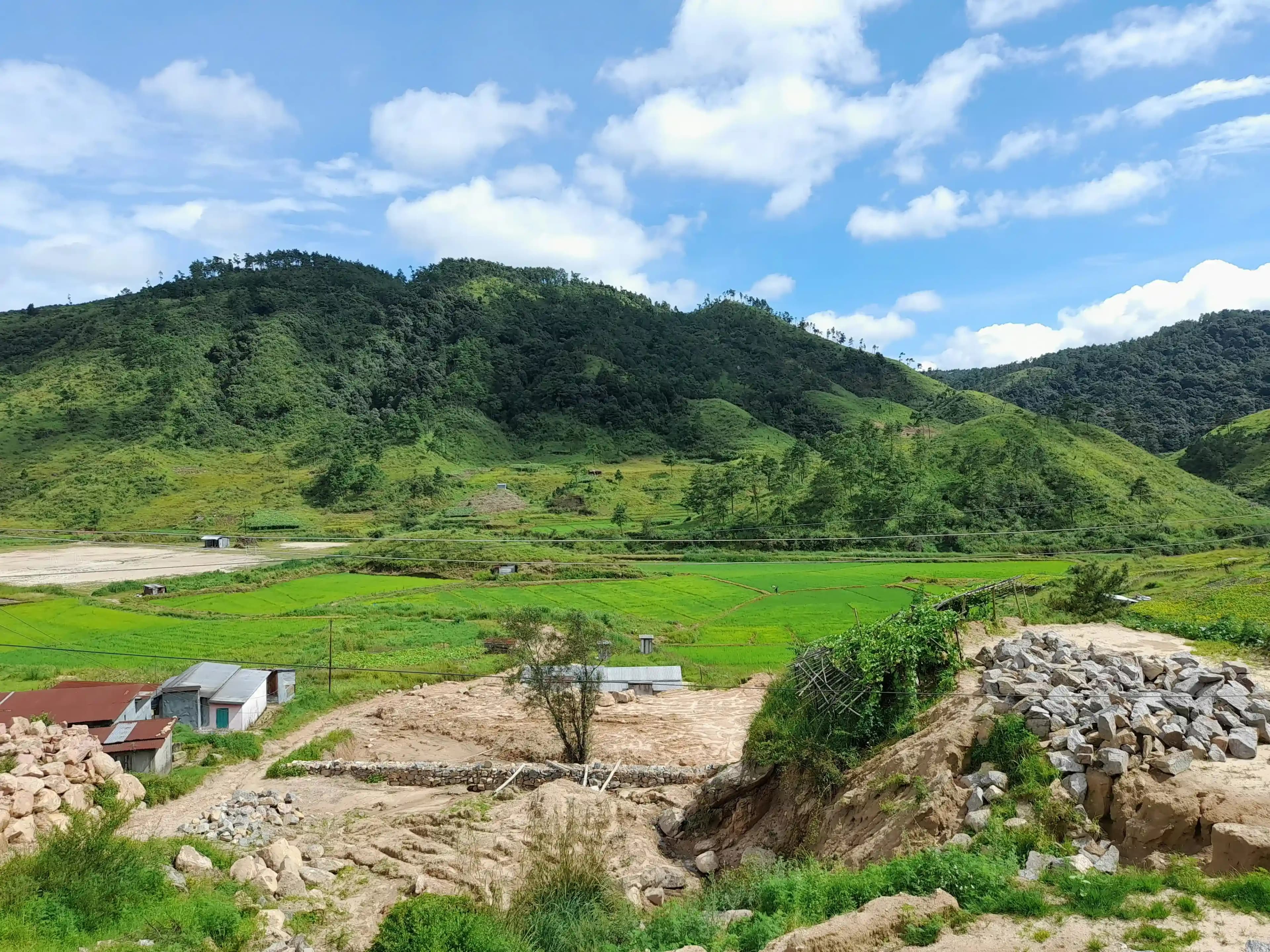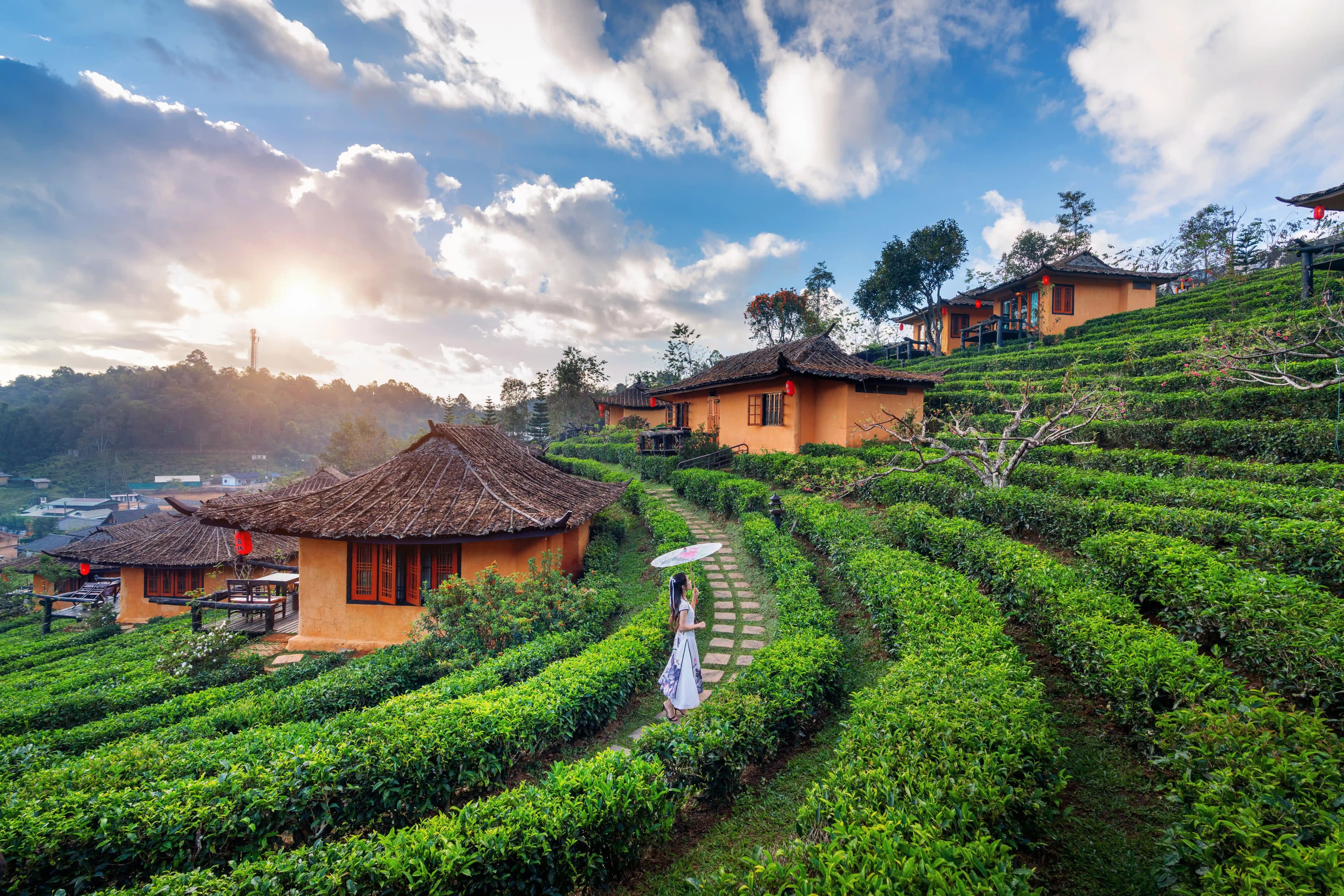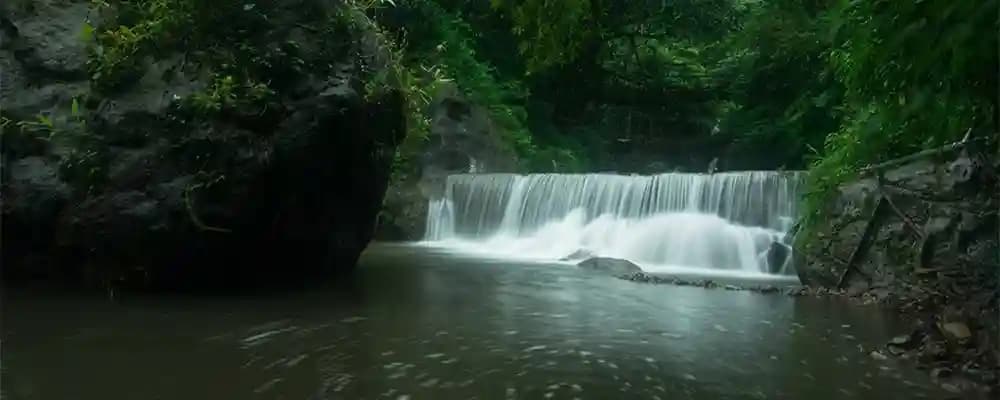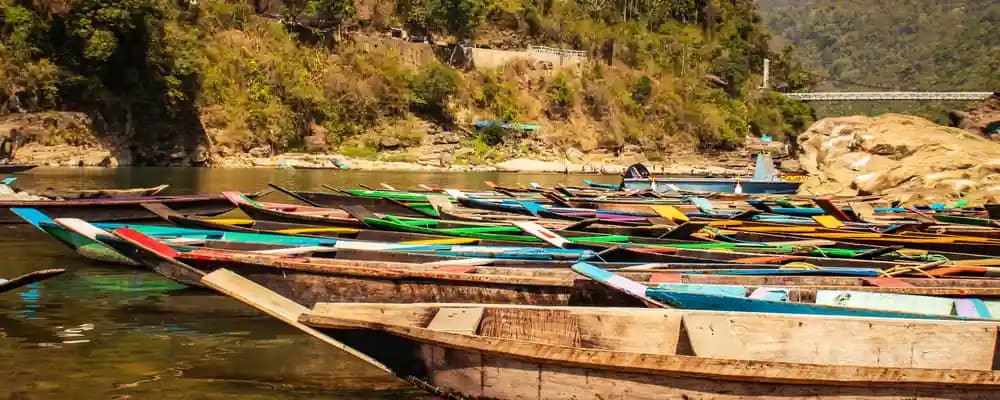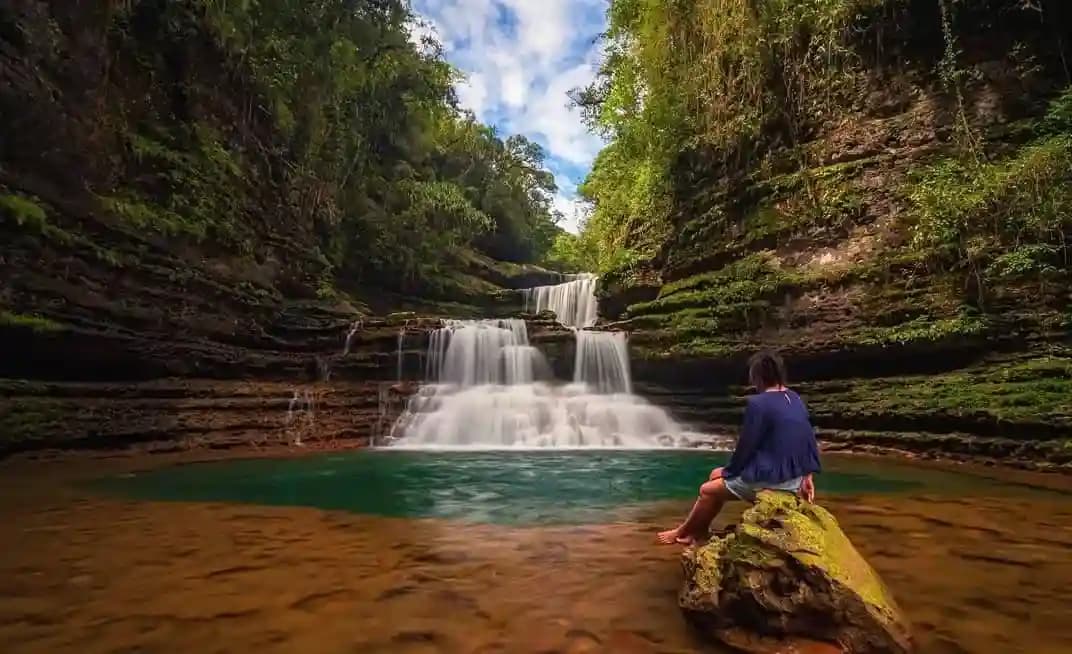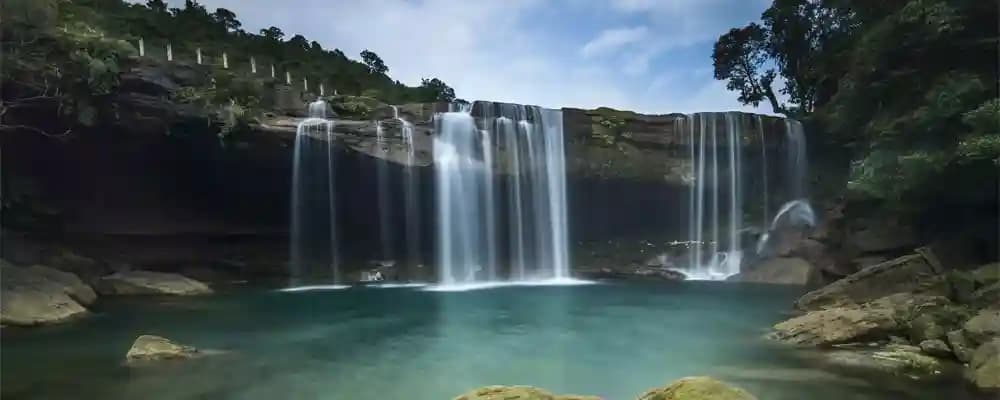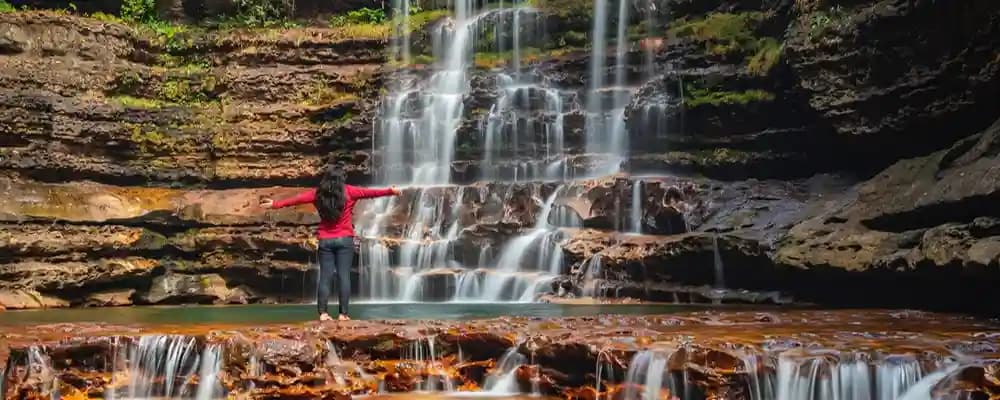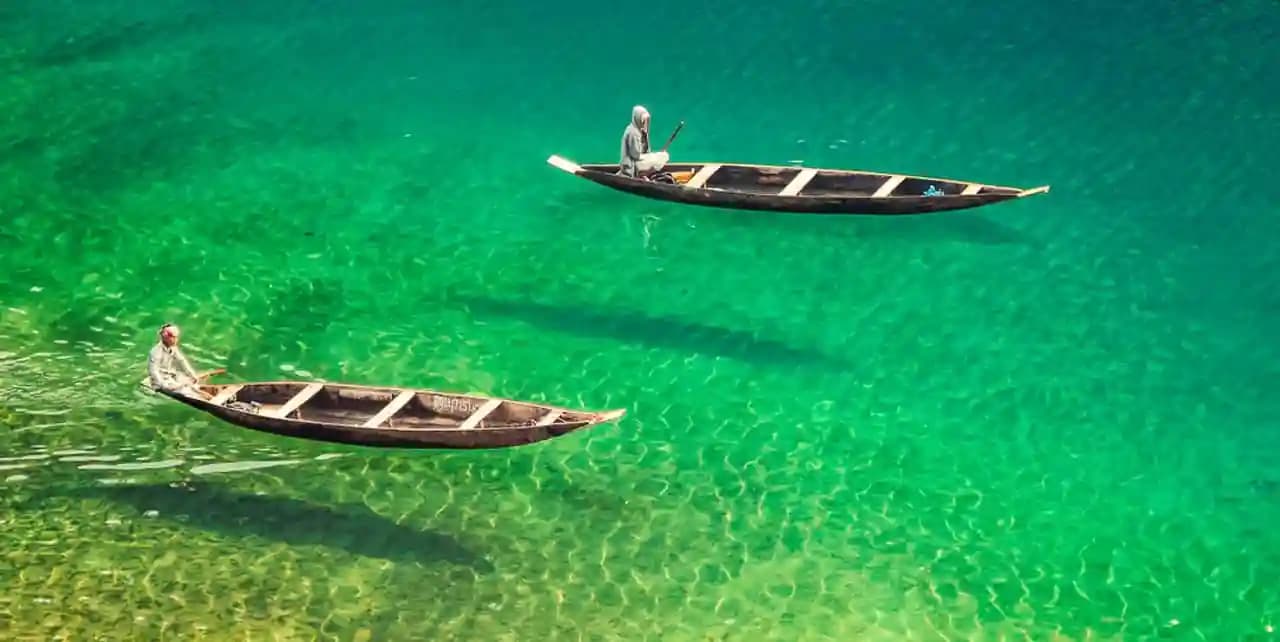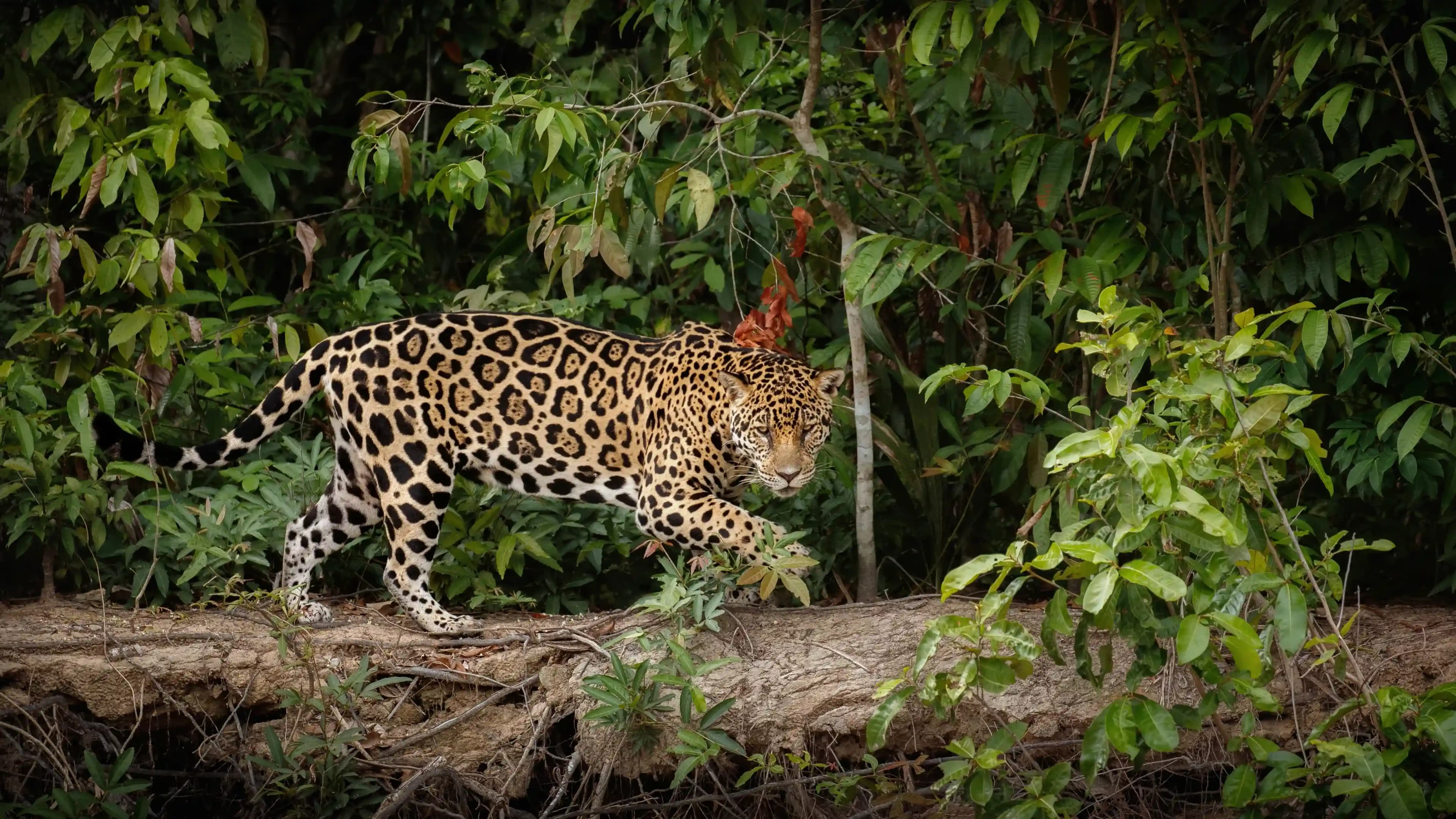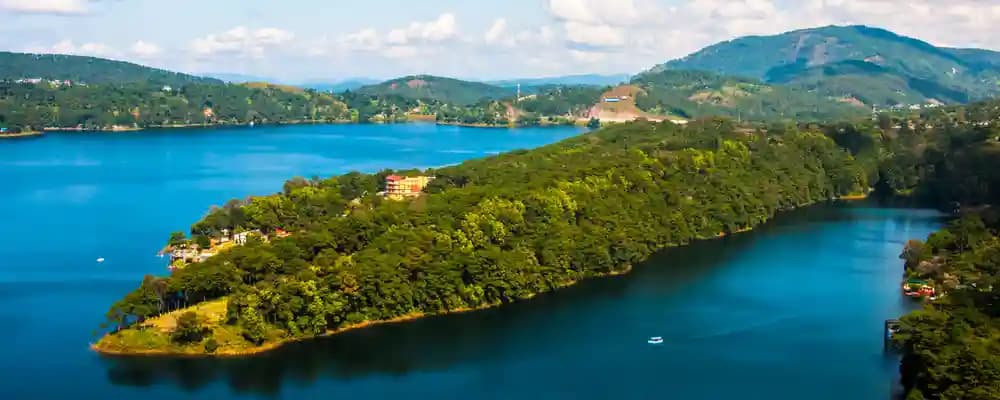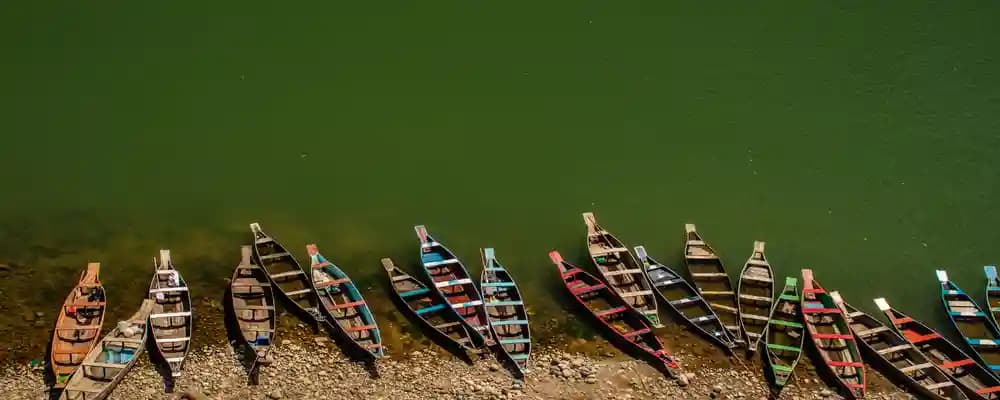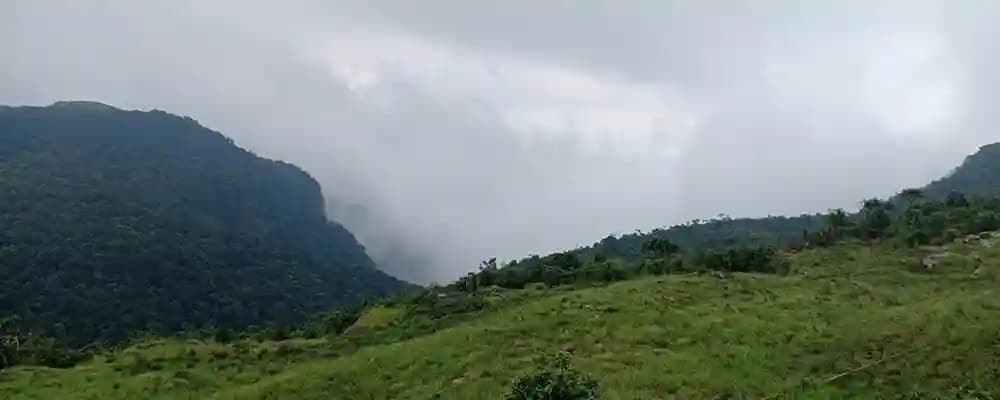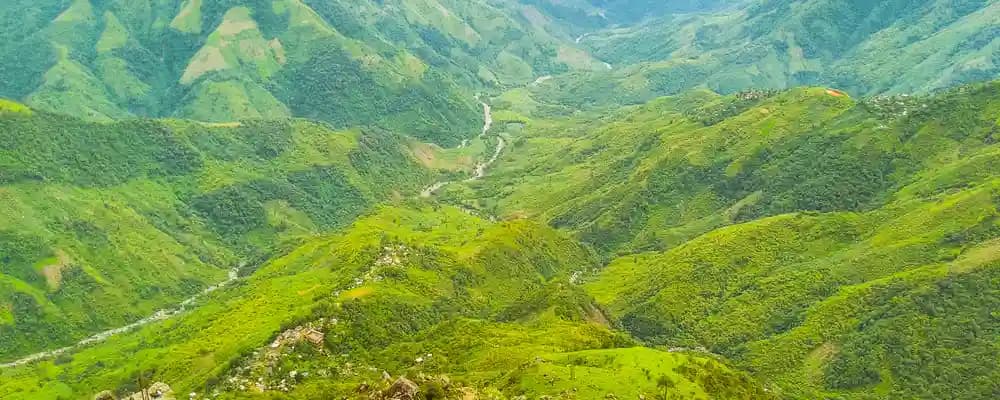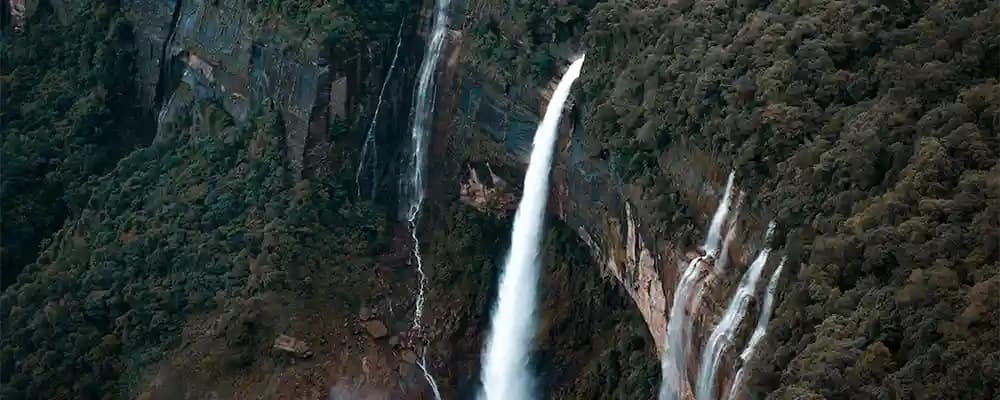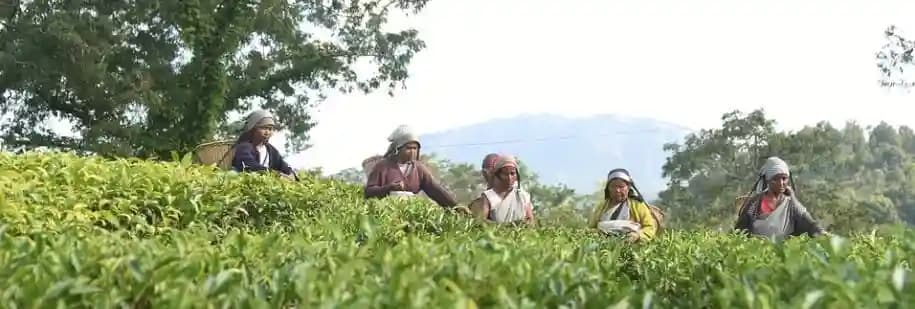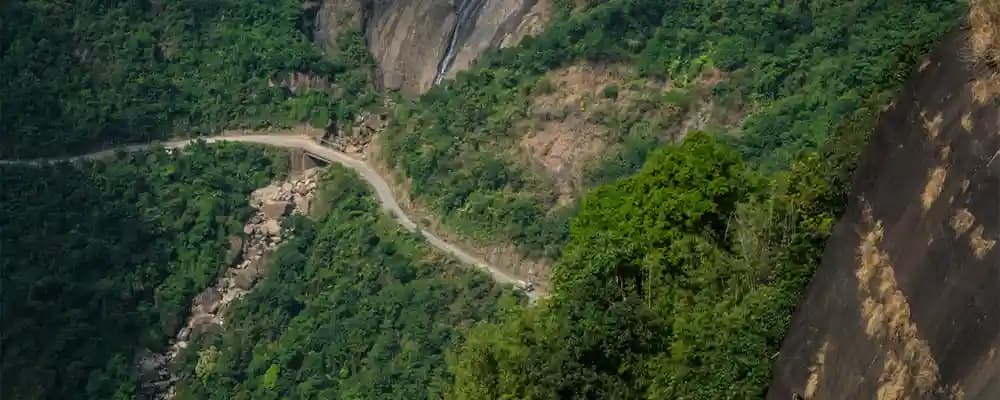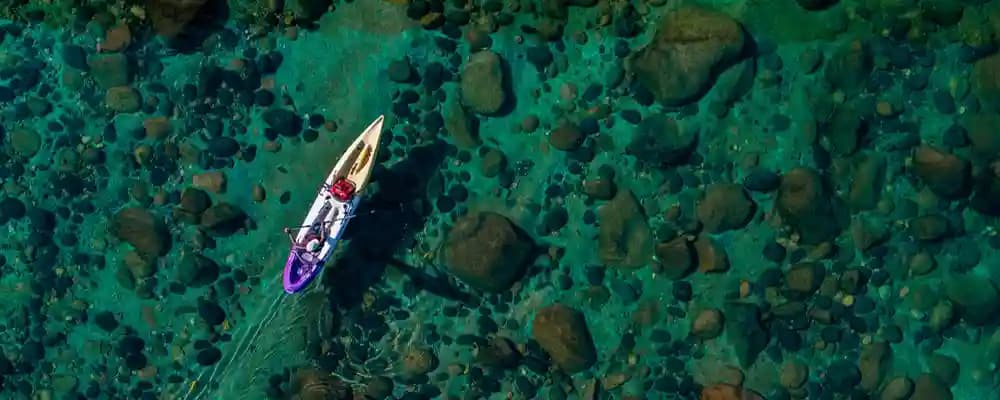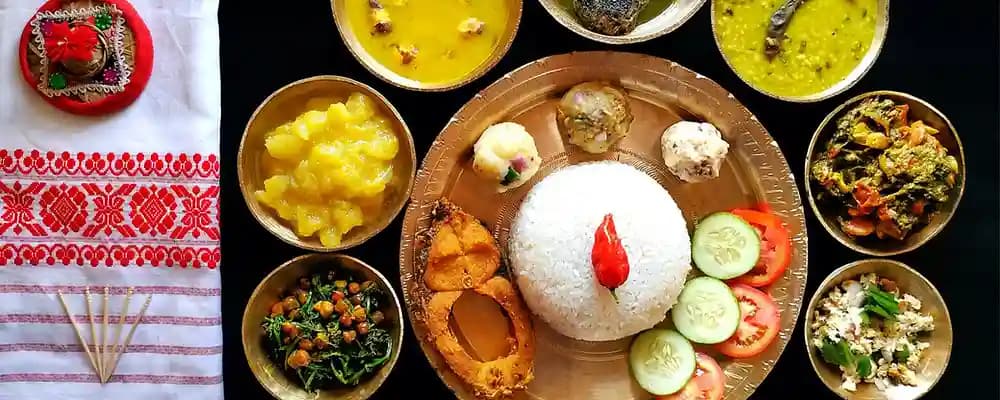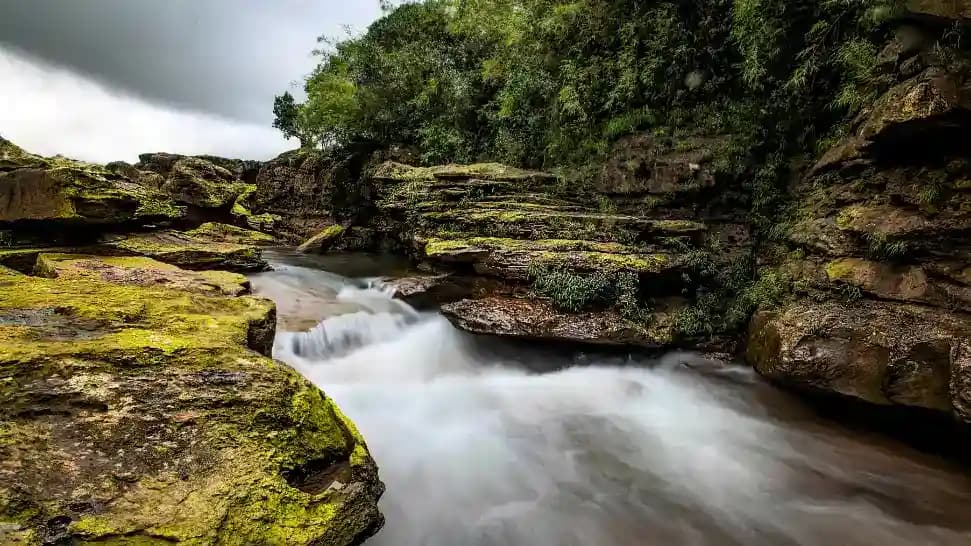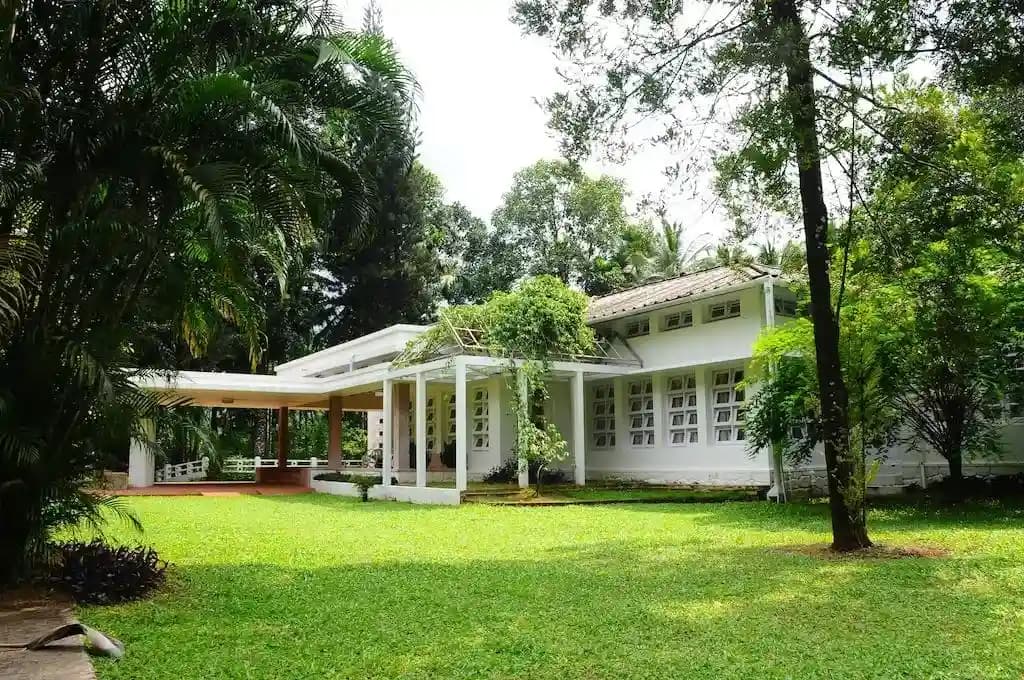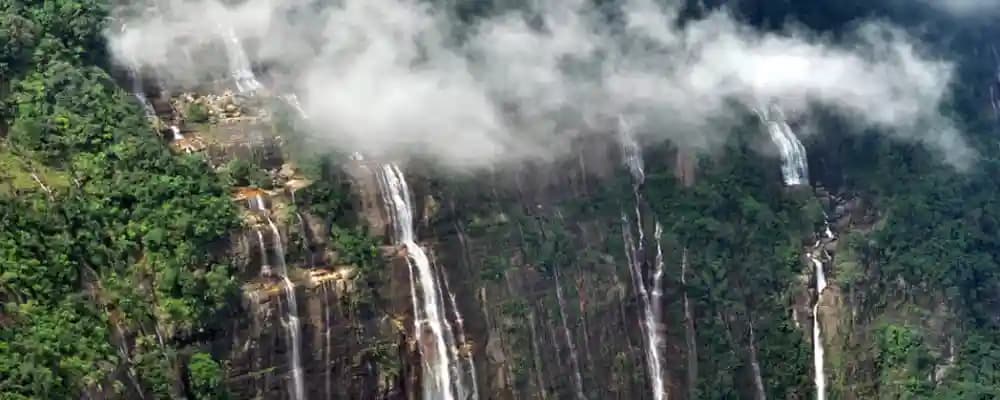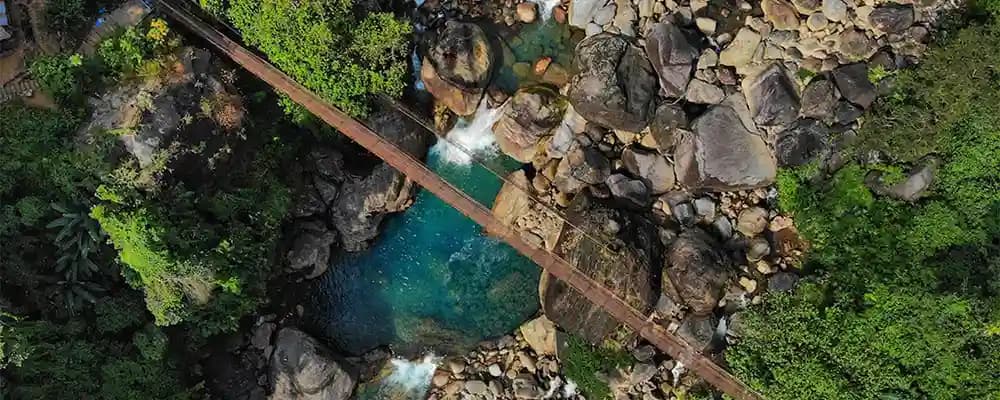Visualise having a path that is made out of trees and vines, admiring the sound of flowing streams beneath your feet. Meghalaya is where the familiar living root bridges are found. These living root bridges Meghalaya are the finest example of the rural Khasi and Jaintia people’s intelligence and patience. Meghalaya state possesses a living root bridge that go beyond simple structures, it represents the spirit of unity between the creation of man and the work of the Almighty God. Out of these interesting bridges, one of the most interesting is the double-decker bridge, which is a must-visit in your Meghalaya tour package. This interesting architecture resides in Nongriat village and comprises two floors of interlocking roots and is sight to visit.
Best time to visit the Living Root Bridges
The Living Root Bridges Meghalaya are a perfect testament to the symbiotic relationship between humans and nature. The best time to visit the living root bridges in Meghalaya is during the dry season, which is from October to April. During this time of the month, you will get to enjoy the serene and minimal rainfall, allowing visitors to comfortably enjoy the surrounding areas. However, it is advised to avoid Meghalaya during the monsoon season, therefore, from June to August, as the roads get slippery during this time of the year, making it difficult to walk in the woods and descend steps.
Exploring the Living Root Bridges
One of the best places to visit in Meghalaya is the living root bridges. Its lush hills of Meghalaya, show a remarkable fusion of human and nature, which gives rise to Meghalaya’s captivating living Root Bridge. These stunning structures carry a deep cultural and ecological significance and are believed to have originated long back by the Khasi and Jaintia tribes from the aerial roots ofthe Ficus elastica tree. Some of the significant living root bridges in Meghalaya are:
1. Double-decker root bridge in Cheerapunji:

The double-decker root bridge, also known as the Umshiang Root Bridge, is a unique bridge in Cheerapunji, which is famous for its two separate layers of bridges that are twisted together to form a sturdy bridge. This bridge is estimated to be 150 years old and is still growing with time. The double-decker root bridge in Cheerapunji is the only bridge in the world with two levels of living roots, and both are usable.
Location: Nongriat village, near Cherrapunji, Meghalaya
Best for: Nature lovers, trekkers, and photographers
2. Mawlynnong Living Root Bridge:

The Mawlynnong living Root Bridge is situated in the cleanest village of Asia, Mawlynnong Village. It is a naturally formed single root bridge which is crafted from the aerial roots of Ficus elastica and is the striking feature of the engineering skills of the Khasi tribes. Unlike other challenging treks, this one is easily accessible, making it ideal for visitors of all ages.
Location: Mawlynnong Village, East Khasi Hills District, Meghalaya
Best for: Nature lovers, cultural explorers, and eco-tourism enthusiasts
3. Mawsaw Root Bridge:

The Mawsaw Root Bridge is located in the village of Riwai, near to Mawlynnong. It is a single-decker root bridge in Shillong and is recognized for its lovely location amidst lush green surroundings. This bridge is a hidden gem with a calm and serene ambiance. Being a lesser-known location that highlights the distinctive handicraft of the native tribes, it is ideal for adventurers and nature lovers.
Location: Riwai Village, near Mawlynnong, East Khasi Hills District, Meghalaya
Best for: Nature lovers, offbeat travelers, photographers, cultural explorers
4. Nongthymmai Root Bridge:
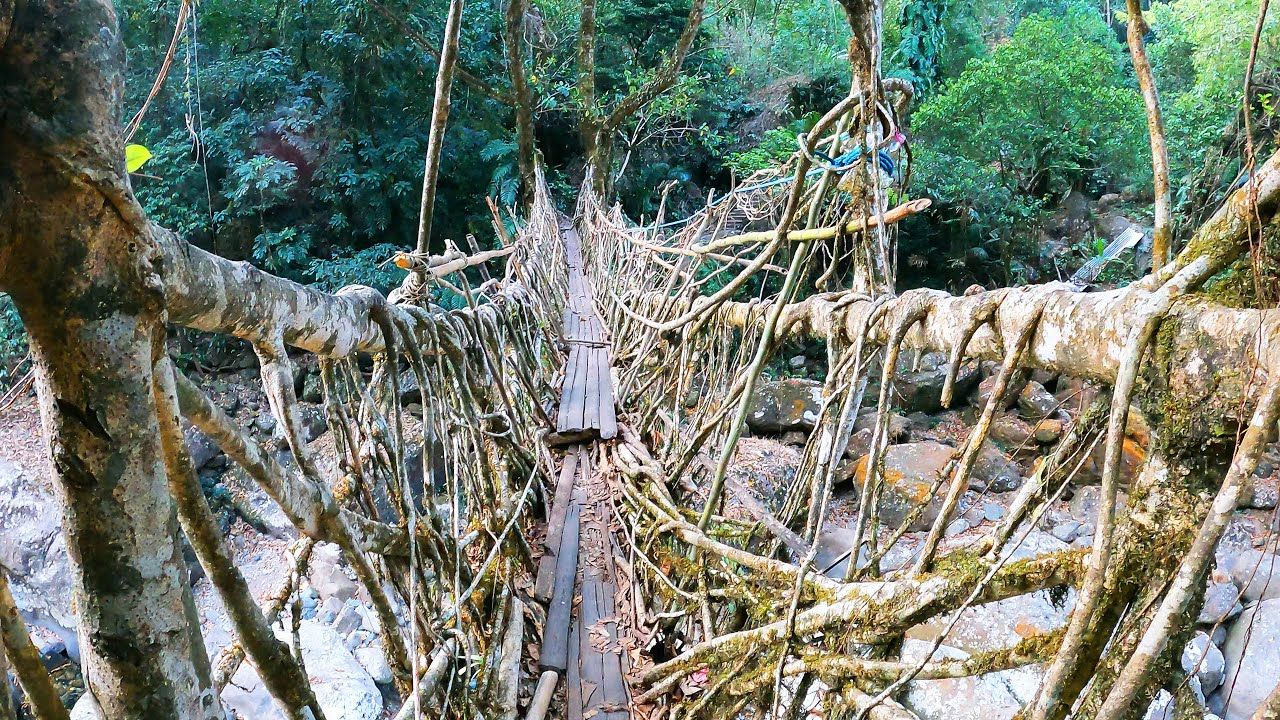
The Nongthymmai Root Bridge, also known as Ritymmen Root Bridge, is a single-decker living root bridge that is formed by the aerial roots of the Ficus elastica tree. The trek to the bridge offers a beautiful view of lush green surroundings, waterfalls, forest trails, and many more, which makes it a favorite spot for trekkers who are looking to experience the unique bioengineering marvels of Meghalaya.
Location: Nongthymmai village, near Tyrna, East Khasi Hills, Meghalaya
Best for: Trekkers, nature enthusiasts, Photographers
5. Ummunoi Root Bridge:

The Ummunoi Root Bridge is a single-decker living root bridge in Meghalaya near Laitkynsew village in the East Khasi Hills. This is considered to be one of the oldest bridges in the region, which is approximately 17 meters across the Ummunoi river and is crafted by the Khasi community from the aerial roots of the Ficus elastica tree. This tranquil Dawki living root bridge is a must-see for those who are exploring the area. The Ummunoi Root Bridge is a convenient addition to your itinerary because of its close proximity to the Dawki Living Root Bridge.
Location: Laitkynsew village, near Siej, East Khasi Hills, Meghalaya
Best for: Nature lovers, cultural travelers
6. Dawki Living Root Bridge:

The Dawki Living Root Bridge is a lesser-known living root bridge located near the town of Dawki. This place is famous for its crystal clear river, which is formed by the aerial roots of the Ficus elastica tree. This living root bridge offers a serene environment and is best for people who enjoy less crowded places and want to experience an offbeat adventure.
Location: Near Dawki village, in West Jaintia Hills, Meghalaya
Best for: Offbeat explorers, Nature lovers, photographers
7. Pynursla Root Bridges:

The Pynursla Root Bridges are one of the unexplored living root bridges Meghalaya and are best for those who want to enjoy a serene environment away from the crowds. This bridge covers approximately 53 meters and is recognized as the longest living root bridge in the world.
Location: Pynursla area, East Khasi Hills, Meghalaya
Best for: Offbeat travelers, Nature lovers, photographers
Suggested Read: Wildlife sanctuaries in Meghalaya
Tips while visiting the living root bridges in Meghalaya
It is important to follow certain tips while visiting the living root bridges Meghalaya for a safe and memorable journey. Here are some of the points which you should keep in mind while visiting:
1. Plan your route carefully as living root bridges in Meghalaya are spread across various locations, which include Cherrapunji, Mawlynnong & Dawki living root bridge. 2. Consider hiring a local guide for a much better experience. They will provide you a valuable insights into the history and cultural significance of the living root bridges Meghalaya. 3. Ensure you wear sturdy, comfortable footwear that has a good grip to handle the slippery and uneven paths. 4. Carry a water bottle and snacks. So that you stay hydrated and energized. 5. Respect local customs and follow the guidelines provided by the local community or guides 6. Be prepared for the unpredictable weather of Meghalaya. Therefore, pack rain gear and be prepared for weather-related challenges.
Suggested Read: Things to do in Meghalaya
The living root bridges in Meghalaya have a unique feature that makes them stand out and show the best example of nature and people's work. These extraordinary structures, including the double-decker bridge in Meghalaya, are not only convenient ways of transportation but also narrate a story of the Khasi and Jaintia tribes’ unchangeable culture. The Living Root Bridge Meghalaya is a great wonder that tourists should not miss out on when on a Meghalaya tour. Therefore, let the journey to the dream begin by choosing Capture A Trip Meghalaya backpacking trip that likes to bring your dreams to reality. Be mesmerized with living root bridges Meghalaya travel and allow the attractiveness and marvels of this area to touch your soul. Discover the fabulous double-decker bridge in Meghalaya and much more of the wonderful wonder of nature in this clip.
Frequently Asked Questions
1. How many living root bridges are there in Meghalaya?
There are around 100 living root bridges in Meghalaya. Some of the famous living root bridges are Double-decker root bridge, Nongthymmai Root Bridge, Pynursla Root Bridges, Mawsaw Root Bridge, and many others.
2. How difficult is the living root bridge trek?
The trek to living root bridge in Meghalaya is considered Moderate wich involve steep steps and require about 2-3 hours of hiking.
3. Which is the longest bridge in Meghalaya?
The longest living root bridge in Meghalaya, is Rangthylliang 1 root bridge (also known as the Mawkyrnot Bridge). It is spread across 53 meters and is located in the Rangthylliang and Mawkyrnot villages, near Pynursla in the East Khasi Hills.
4. How far is the root bridge from Shillong?
The distance between the living root bridges from Shillong depends on the specific bridge location. Some of the bridges are close to Shillong while others are situated at some distance. For example- Mawlynnong is approximately 70 km from Shillong, double-decker living root bridge is around 65 km away.
